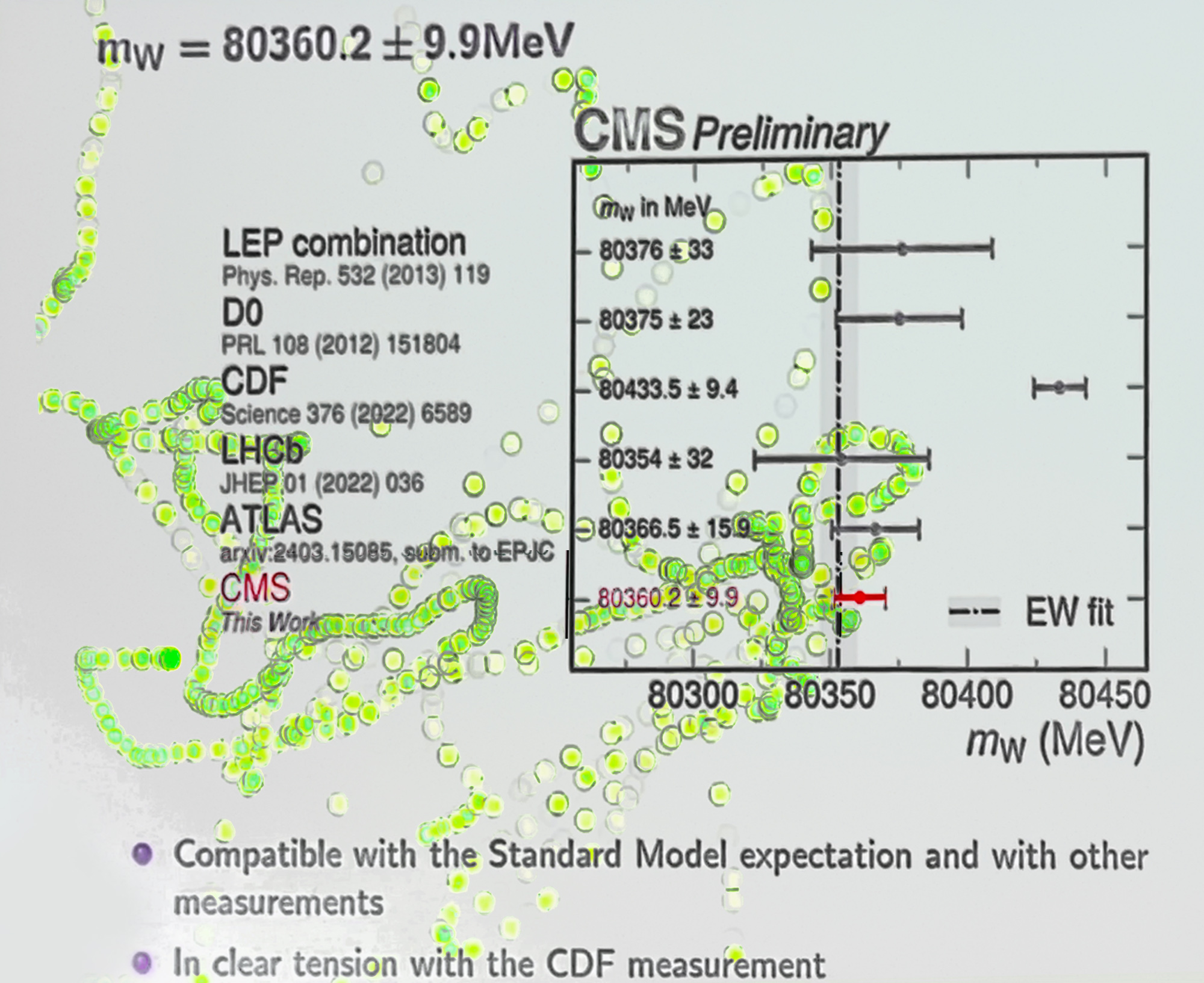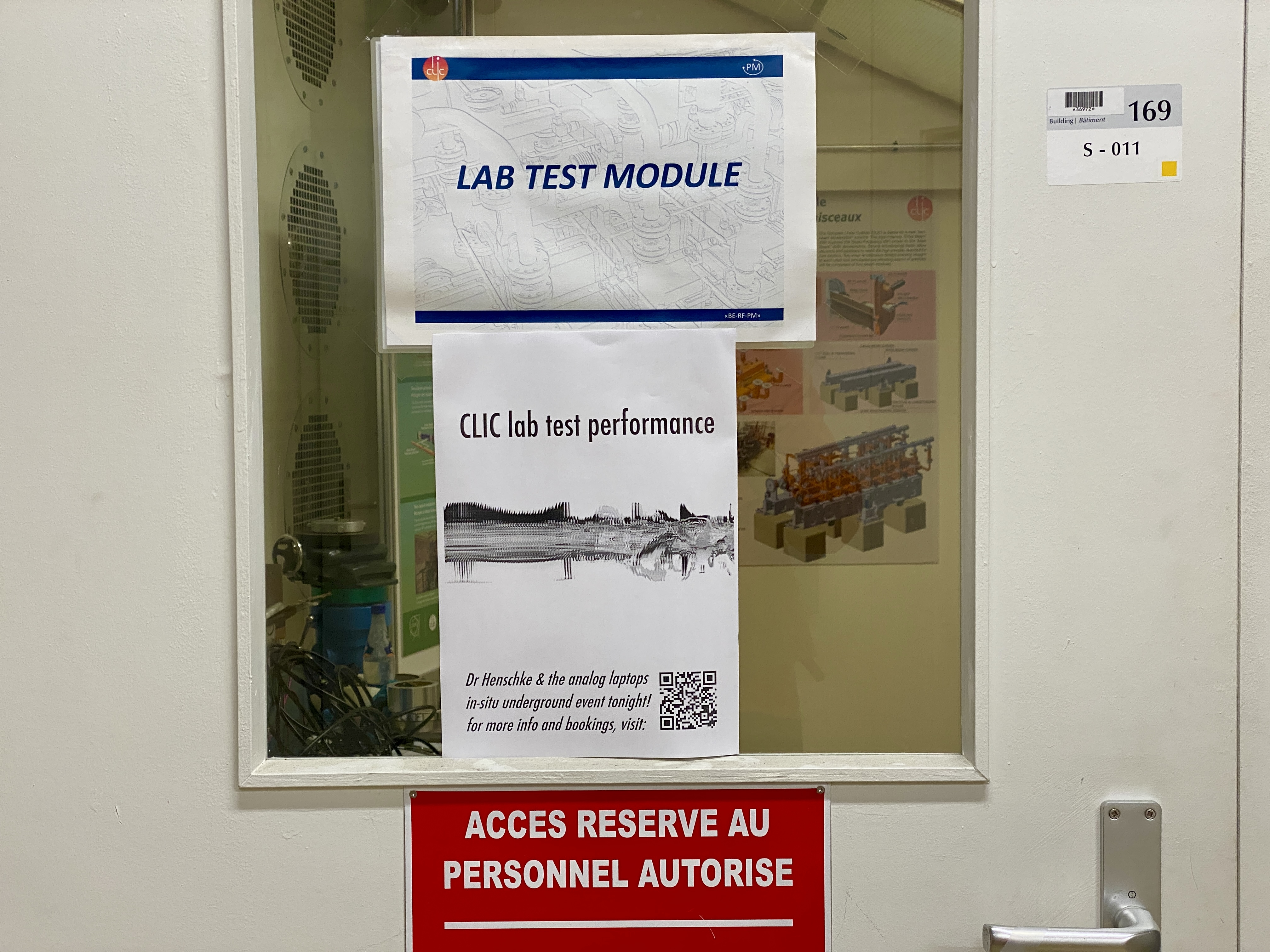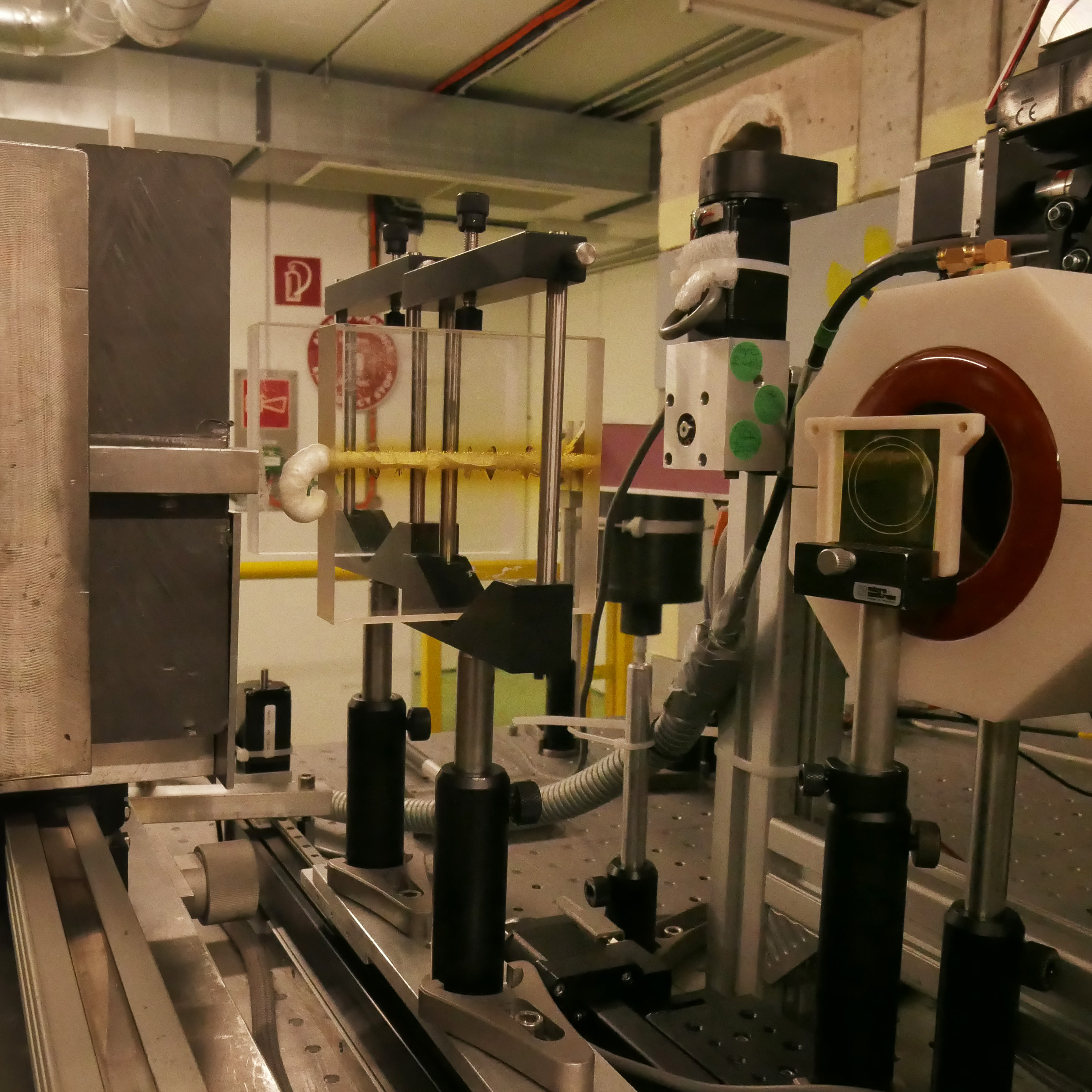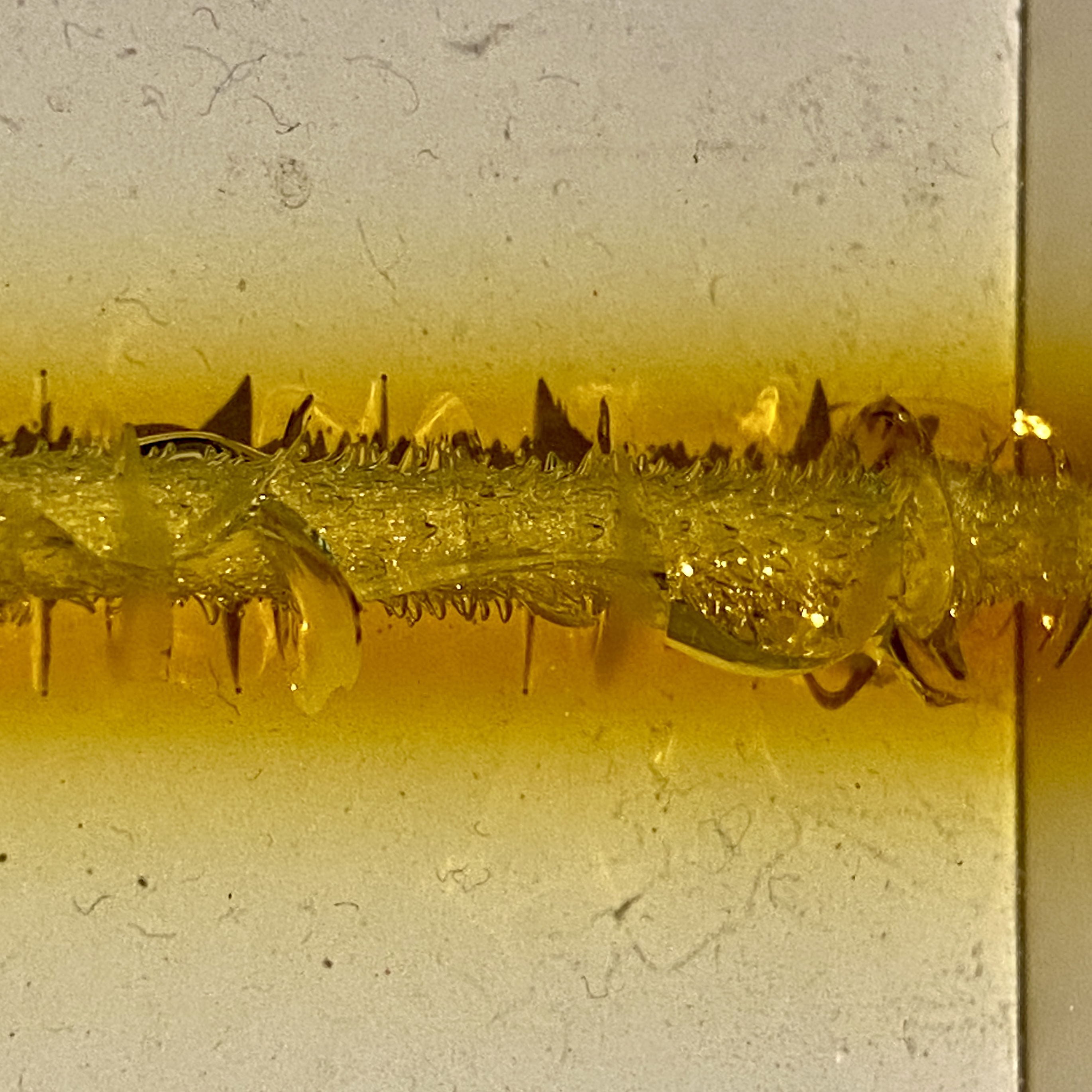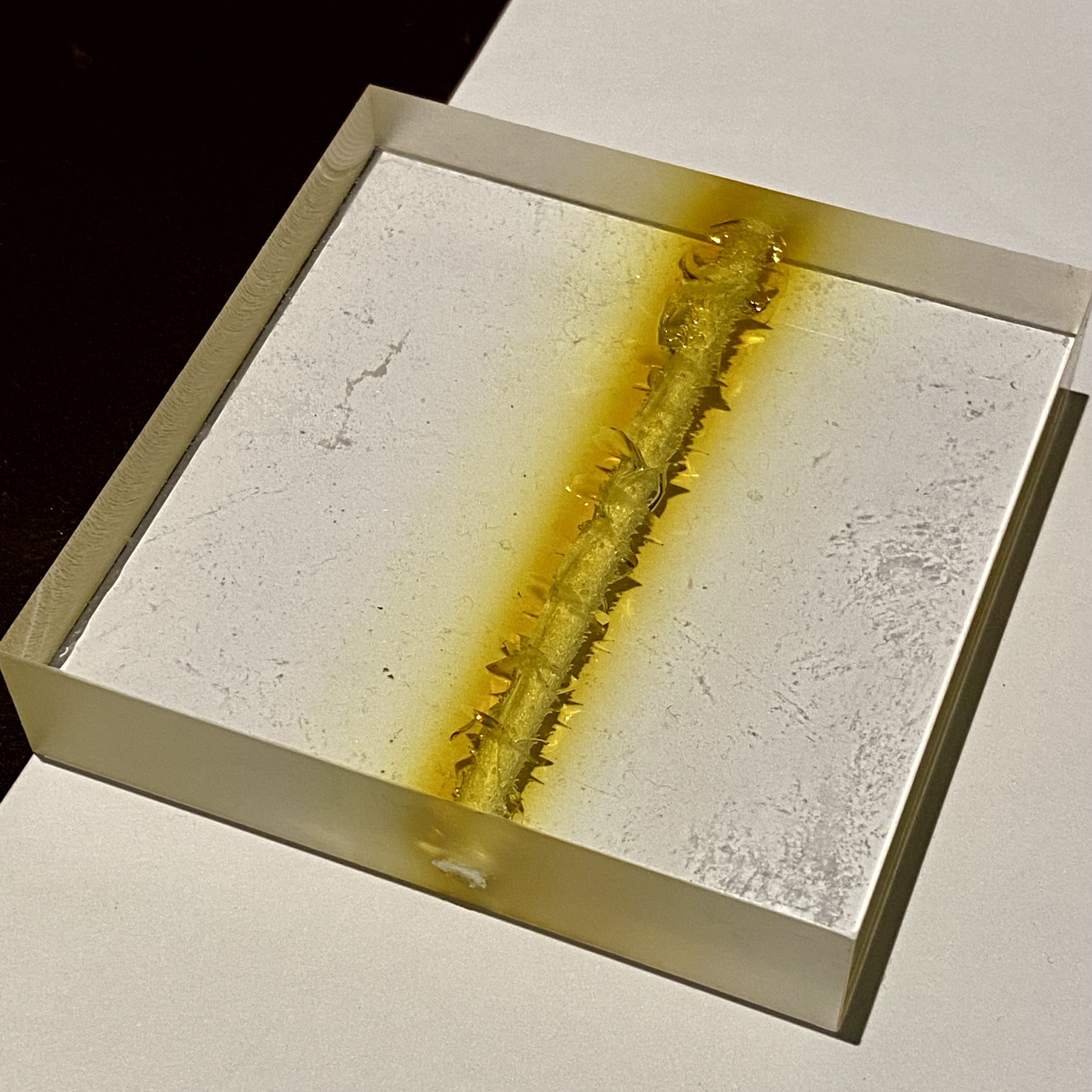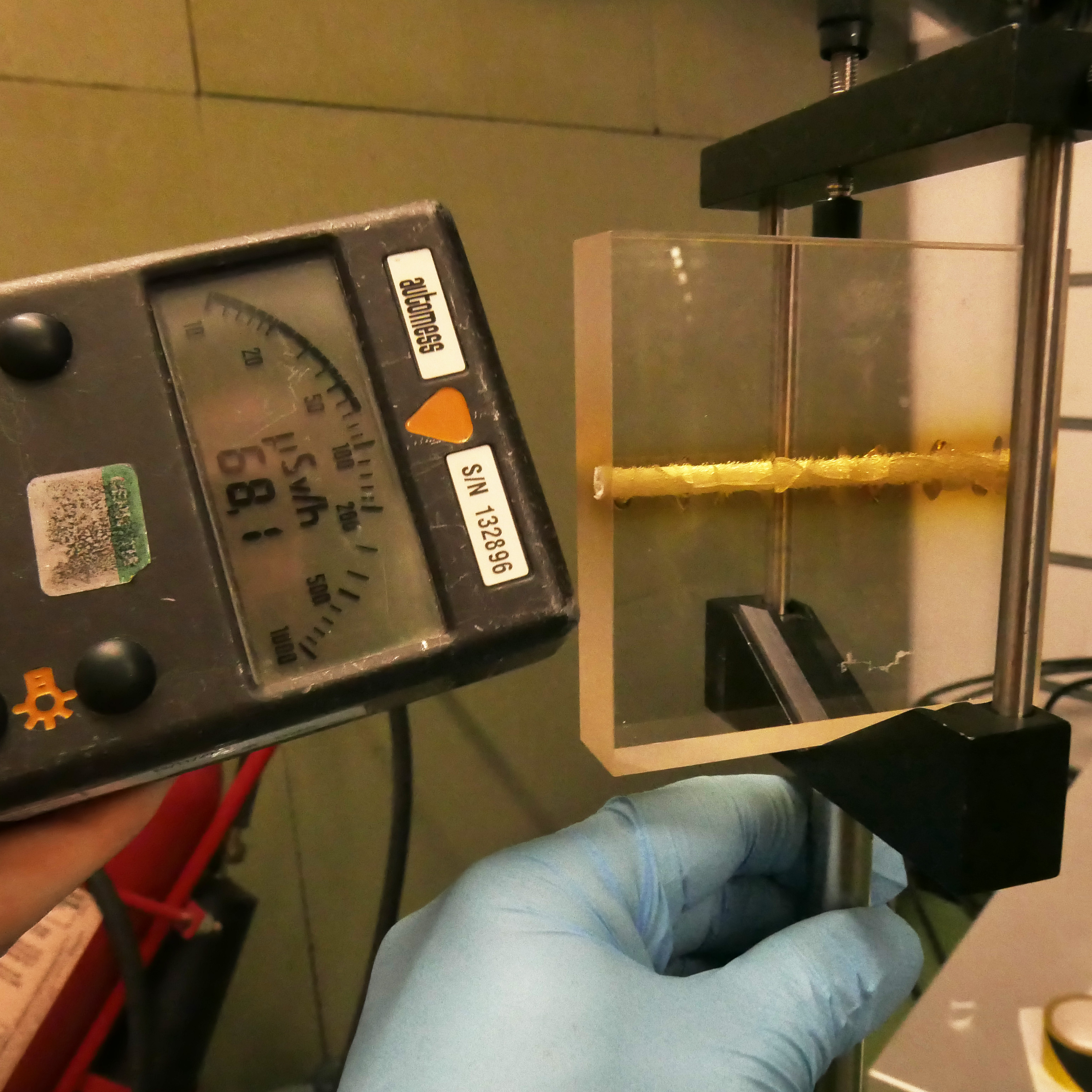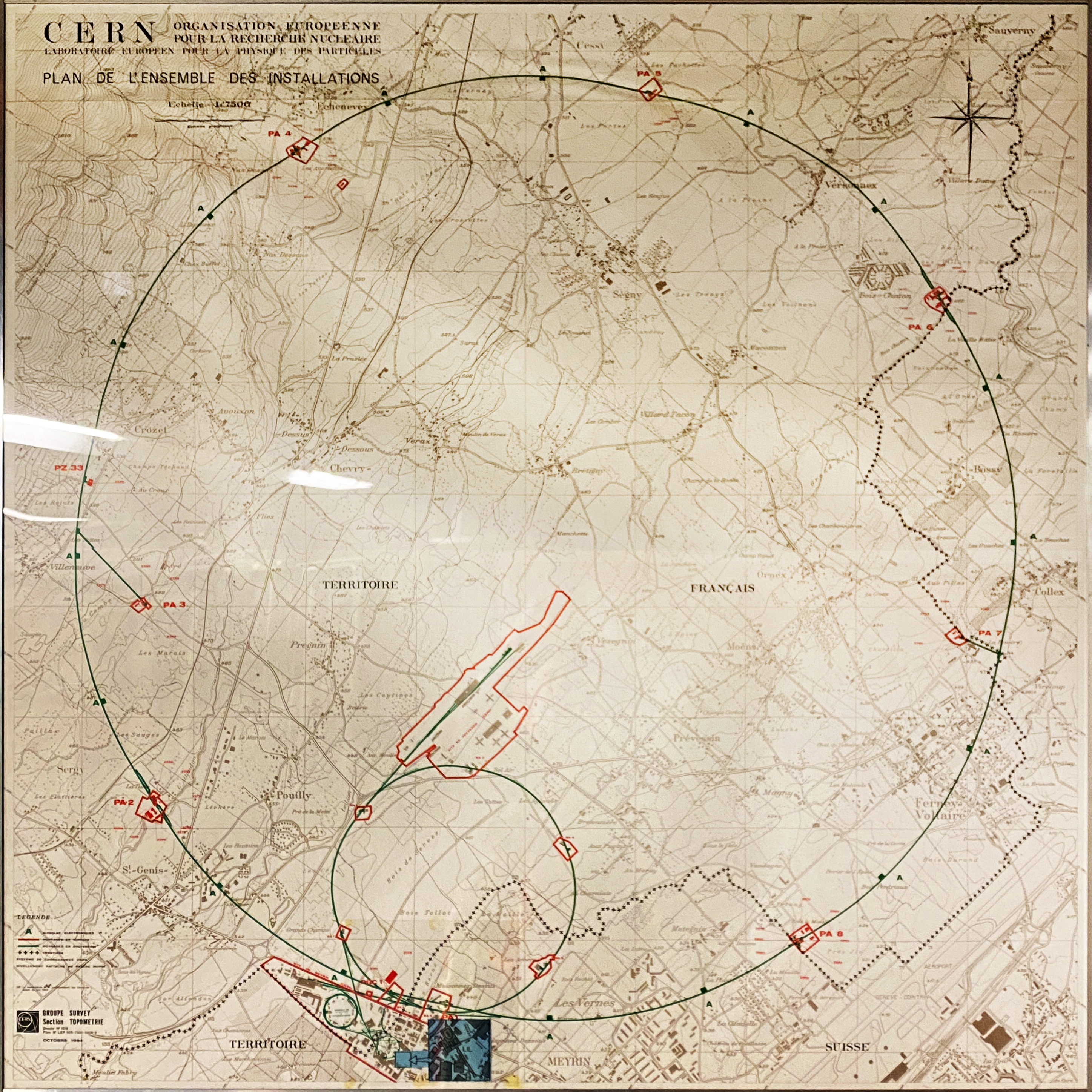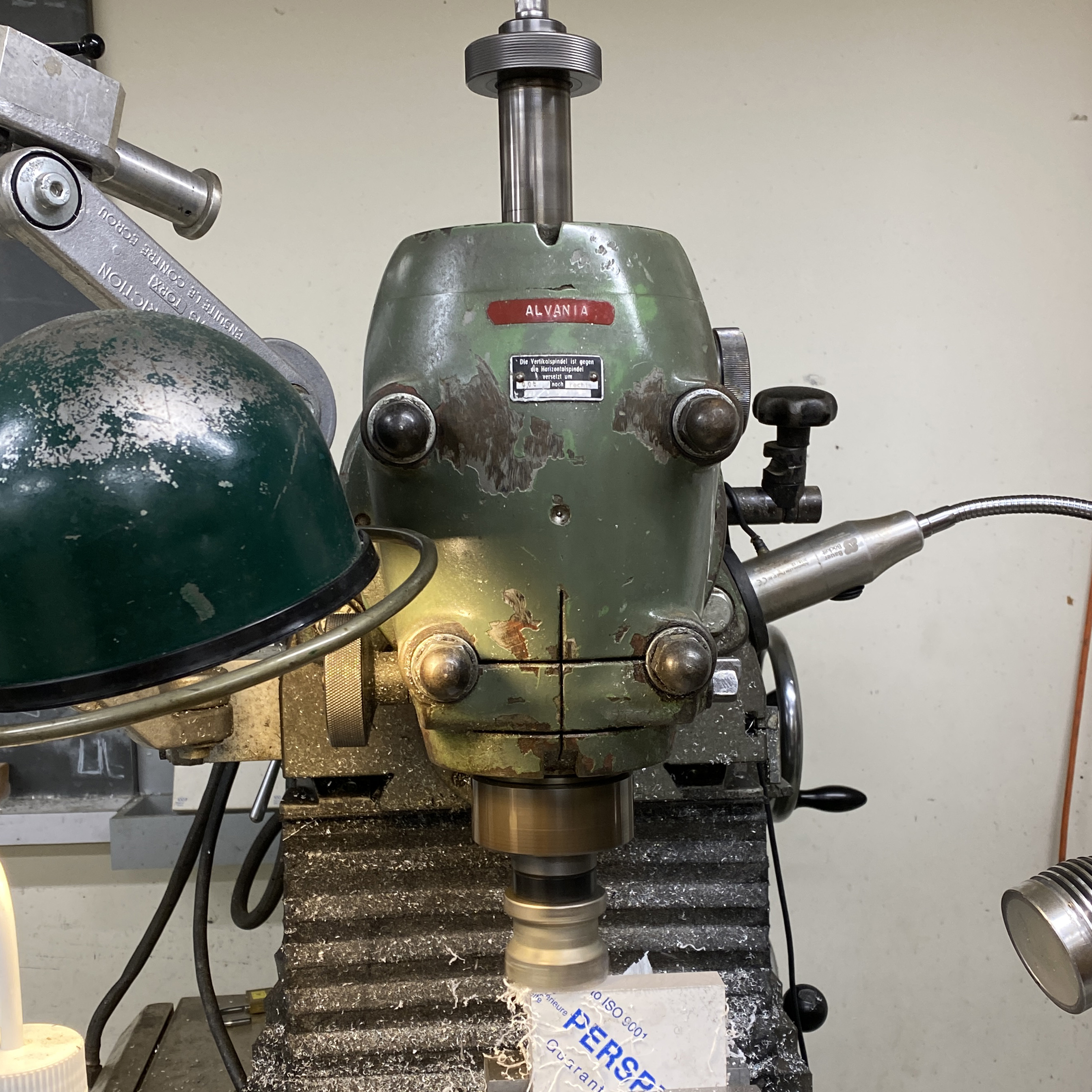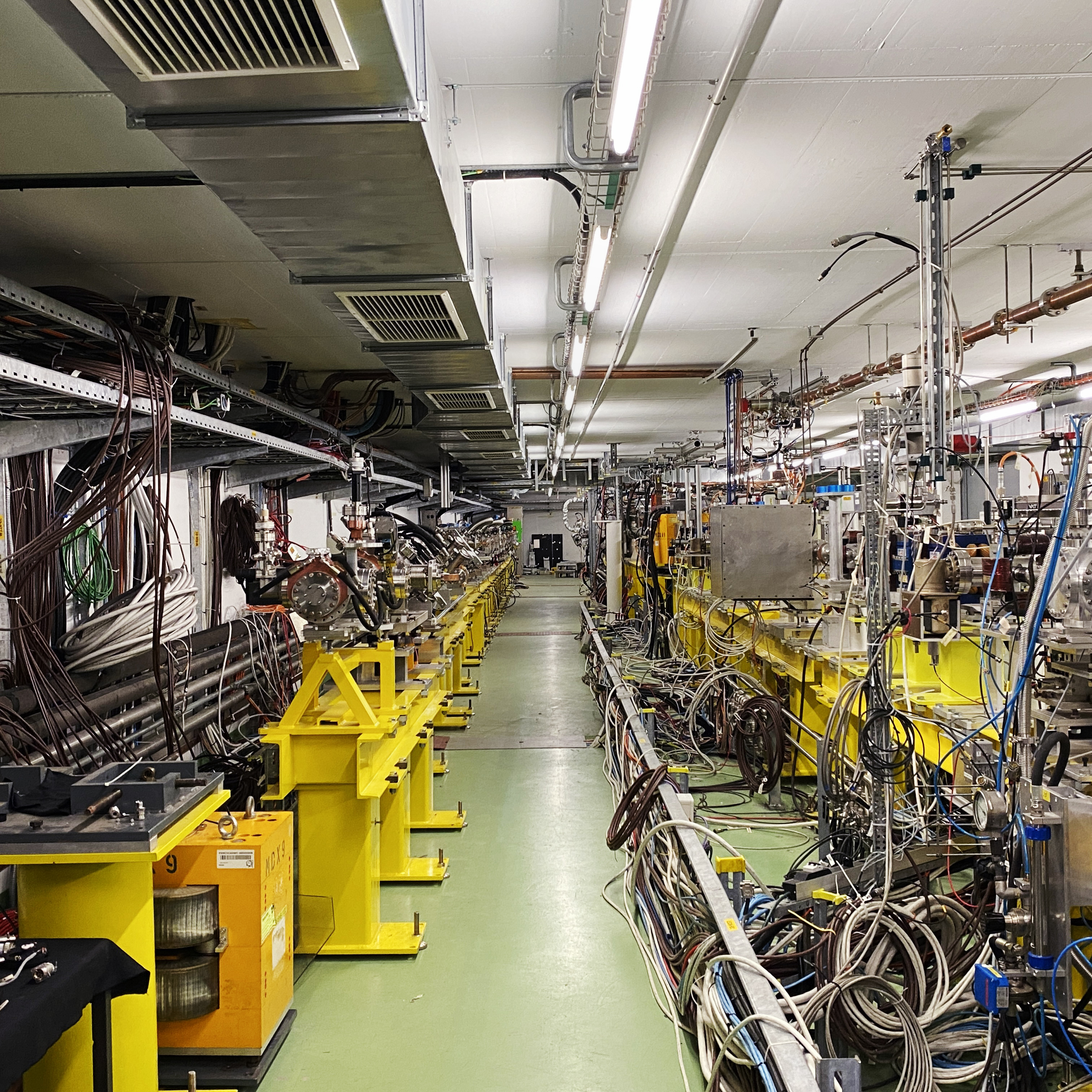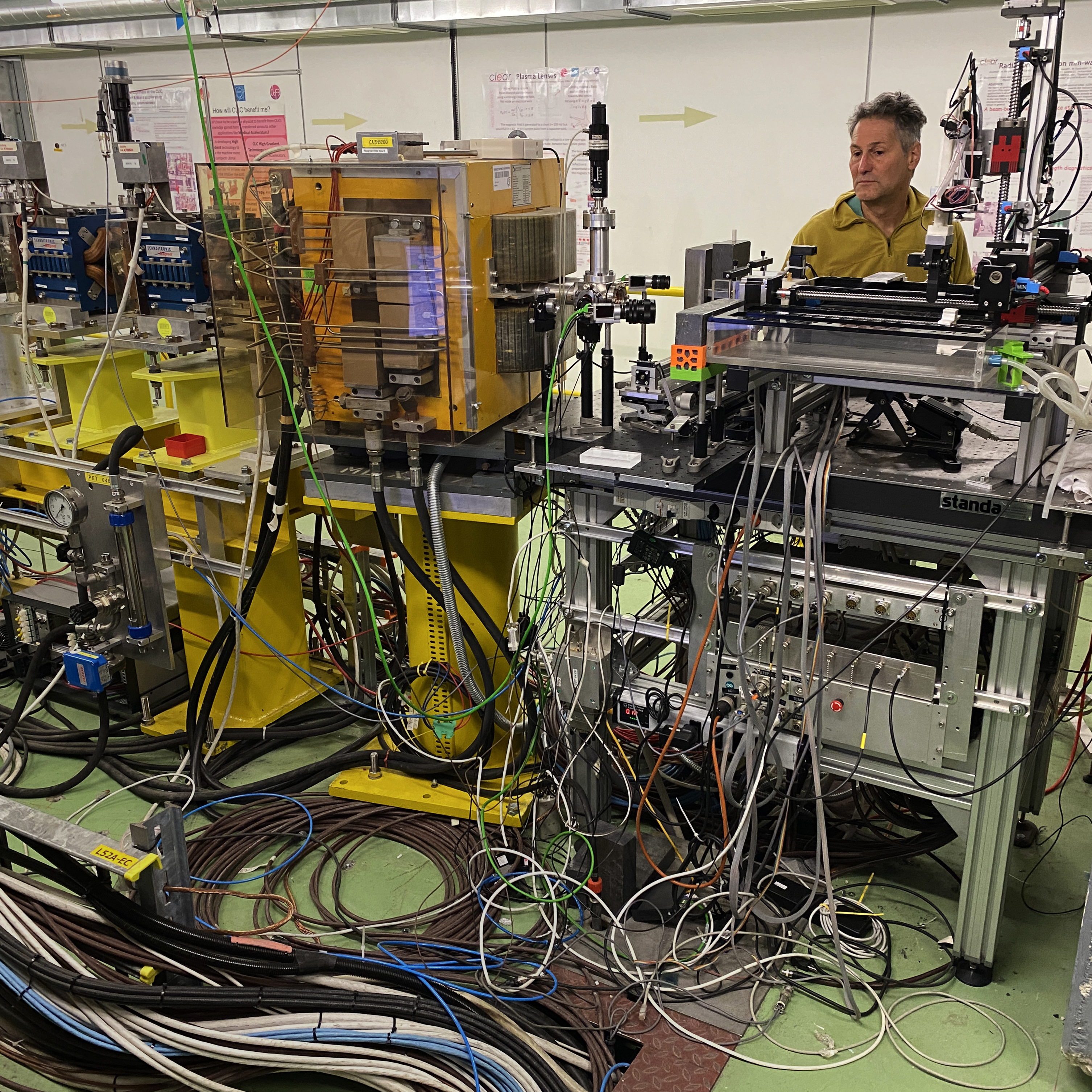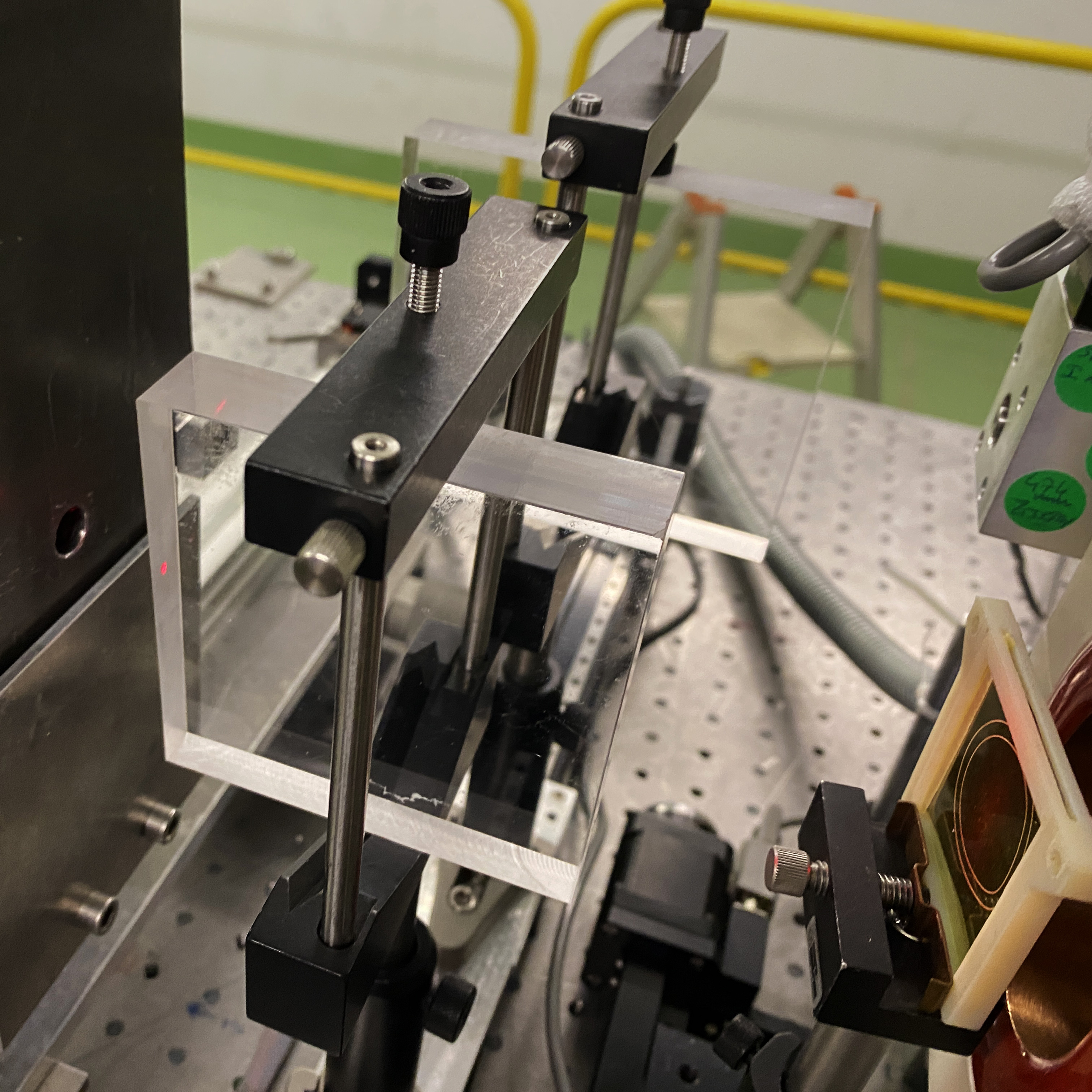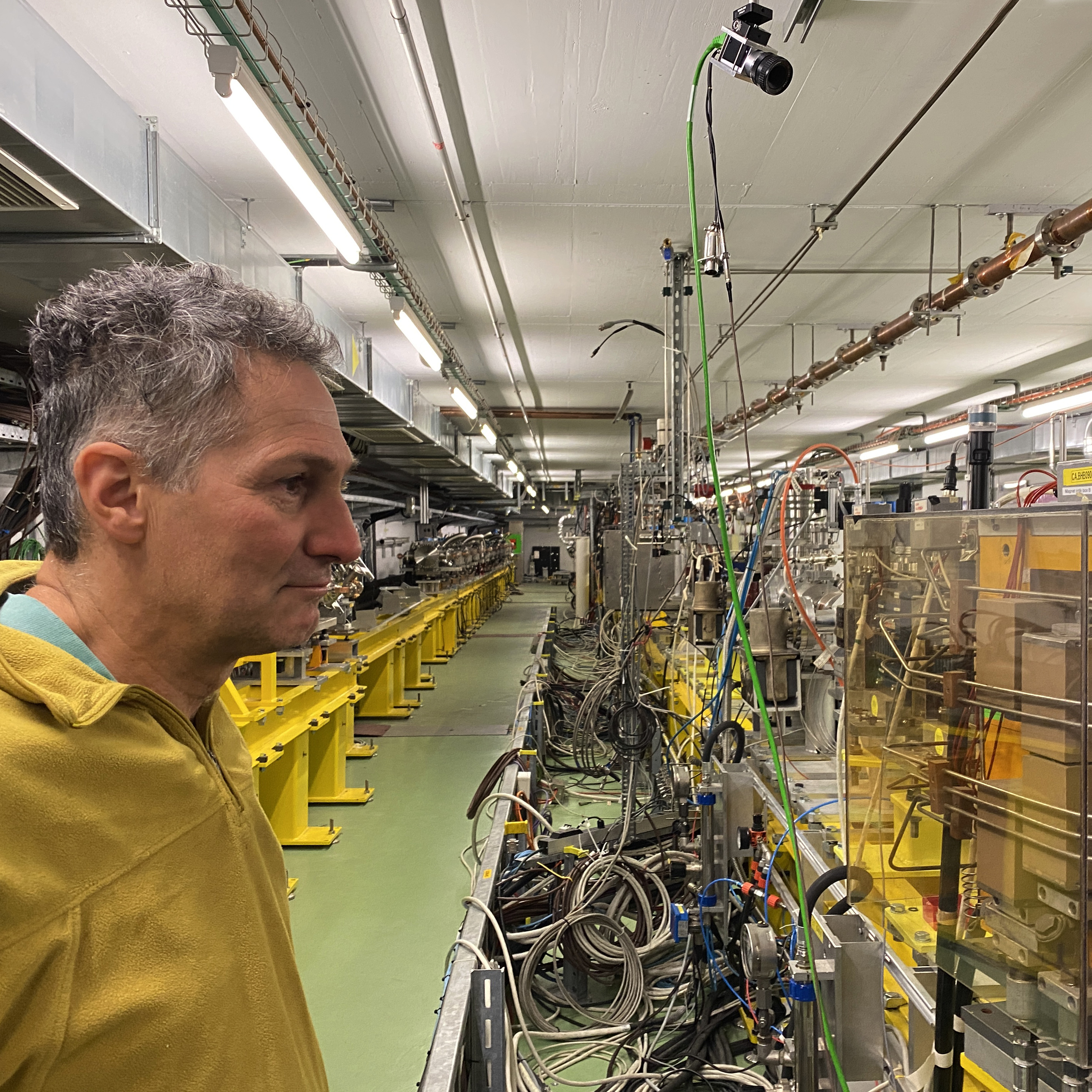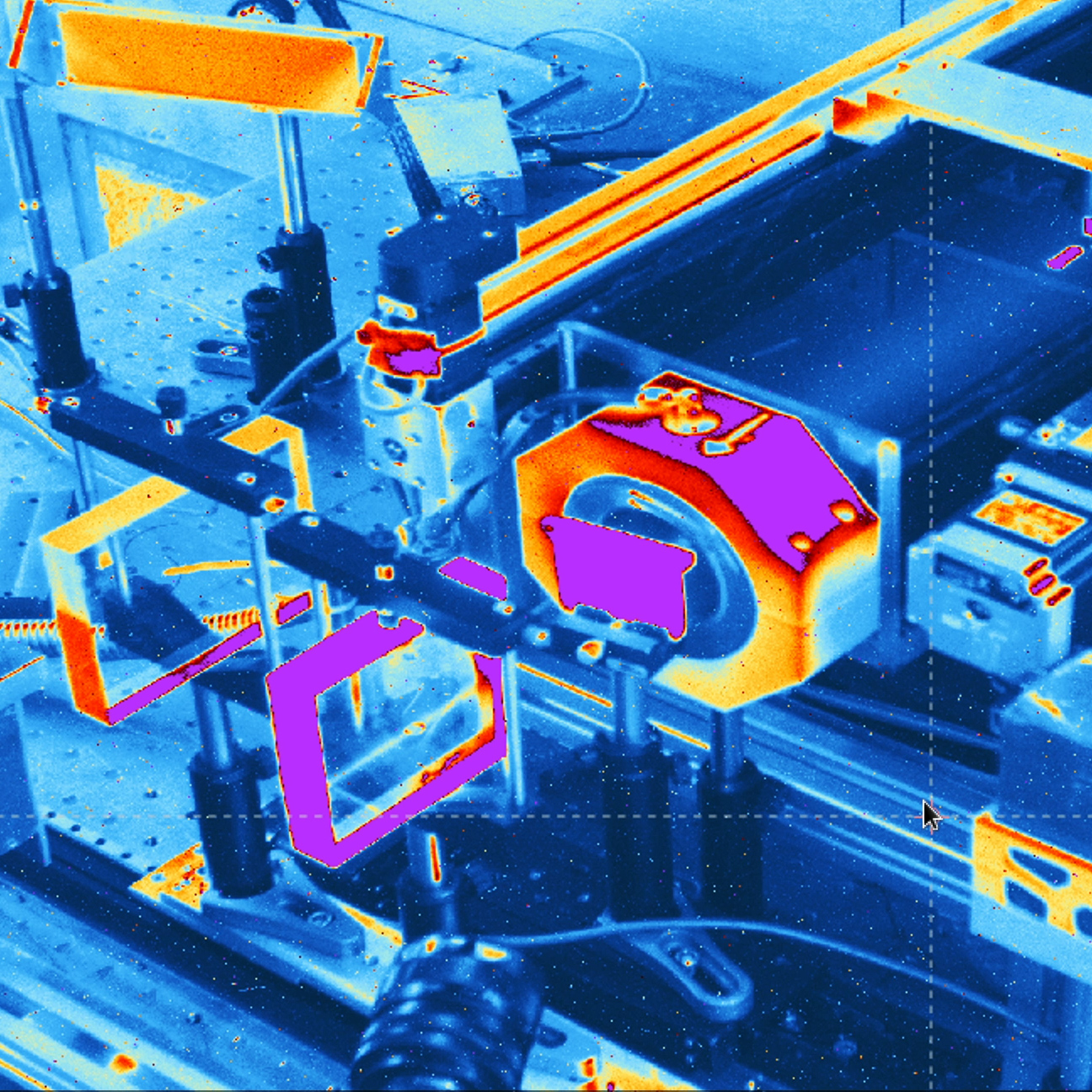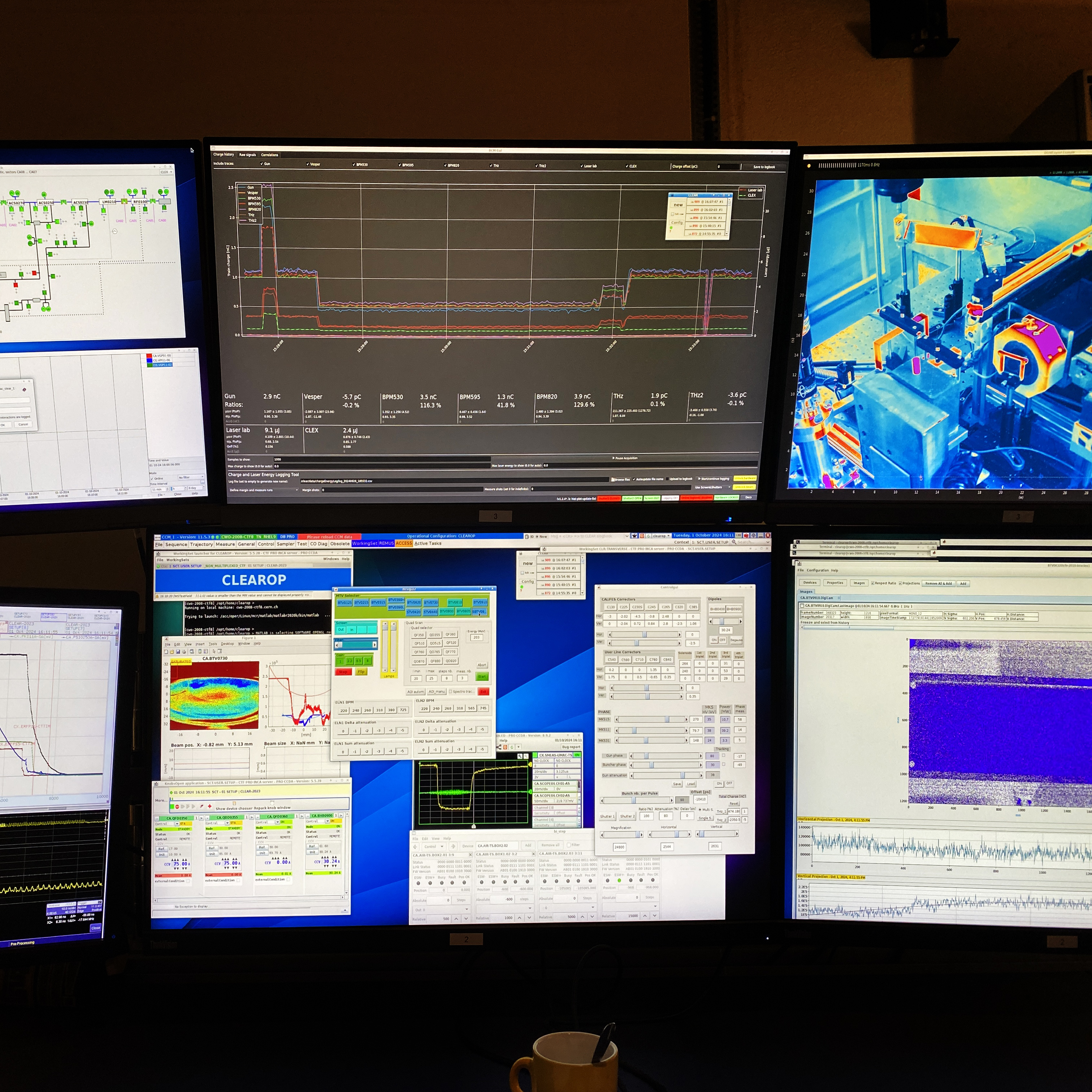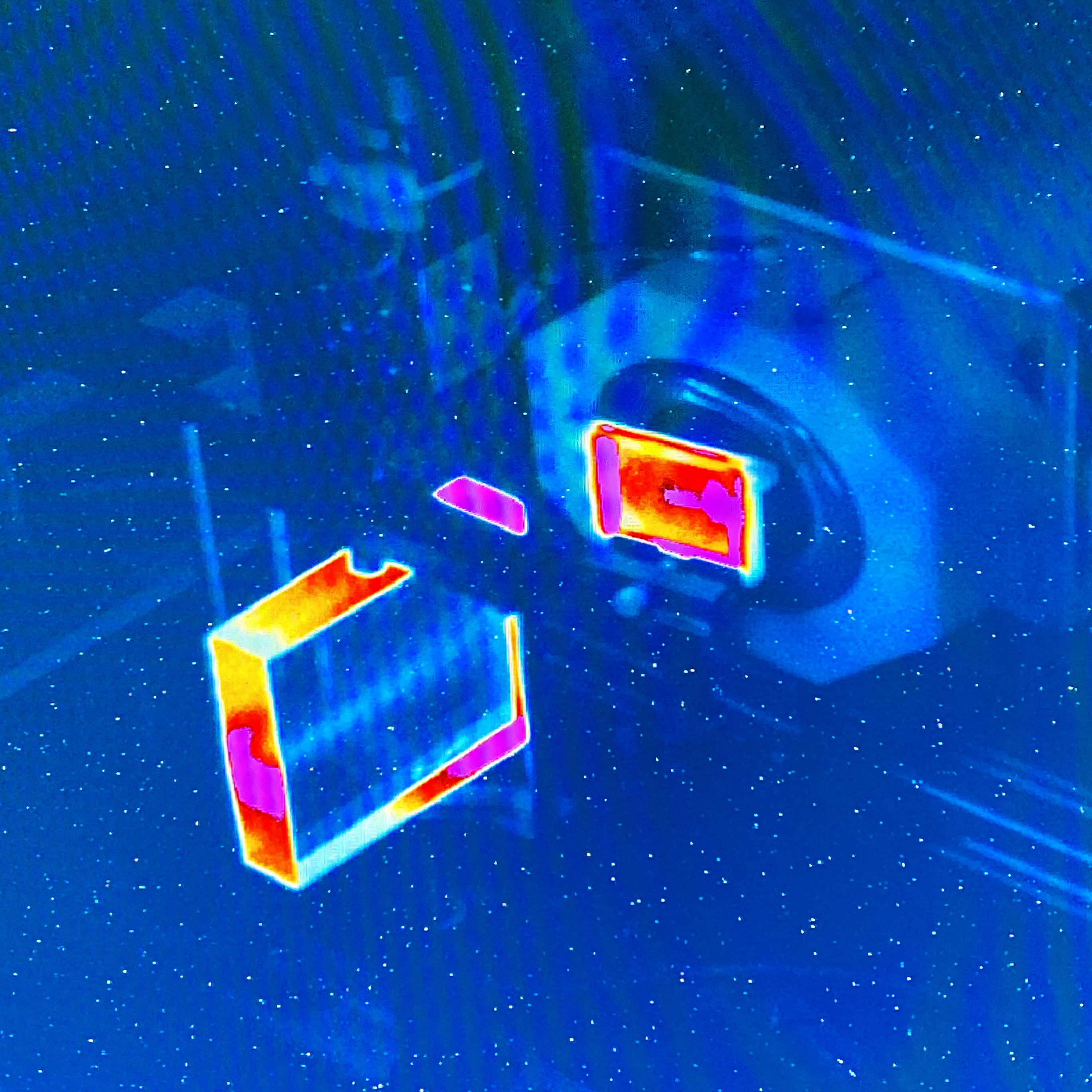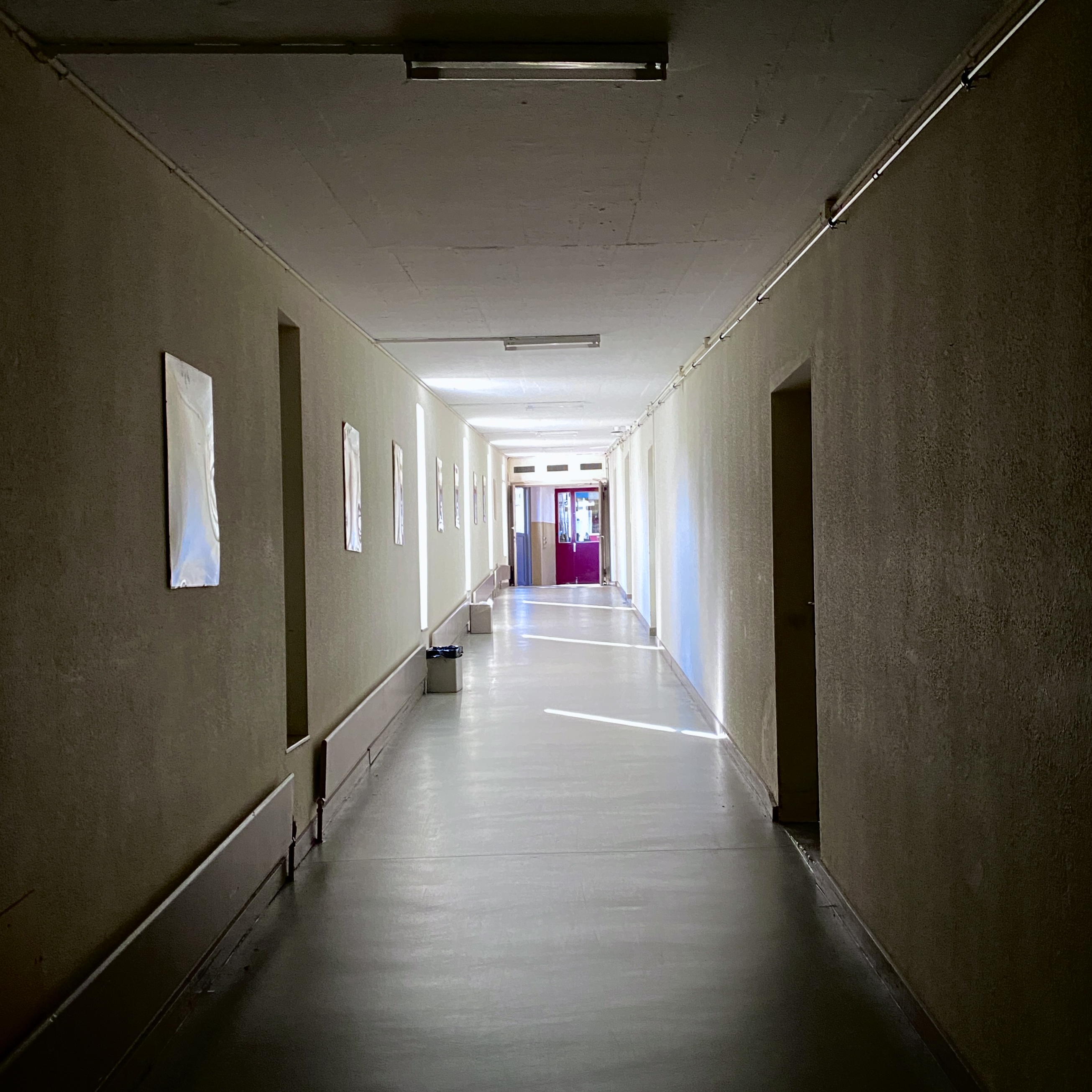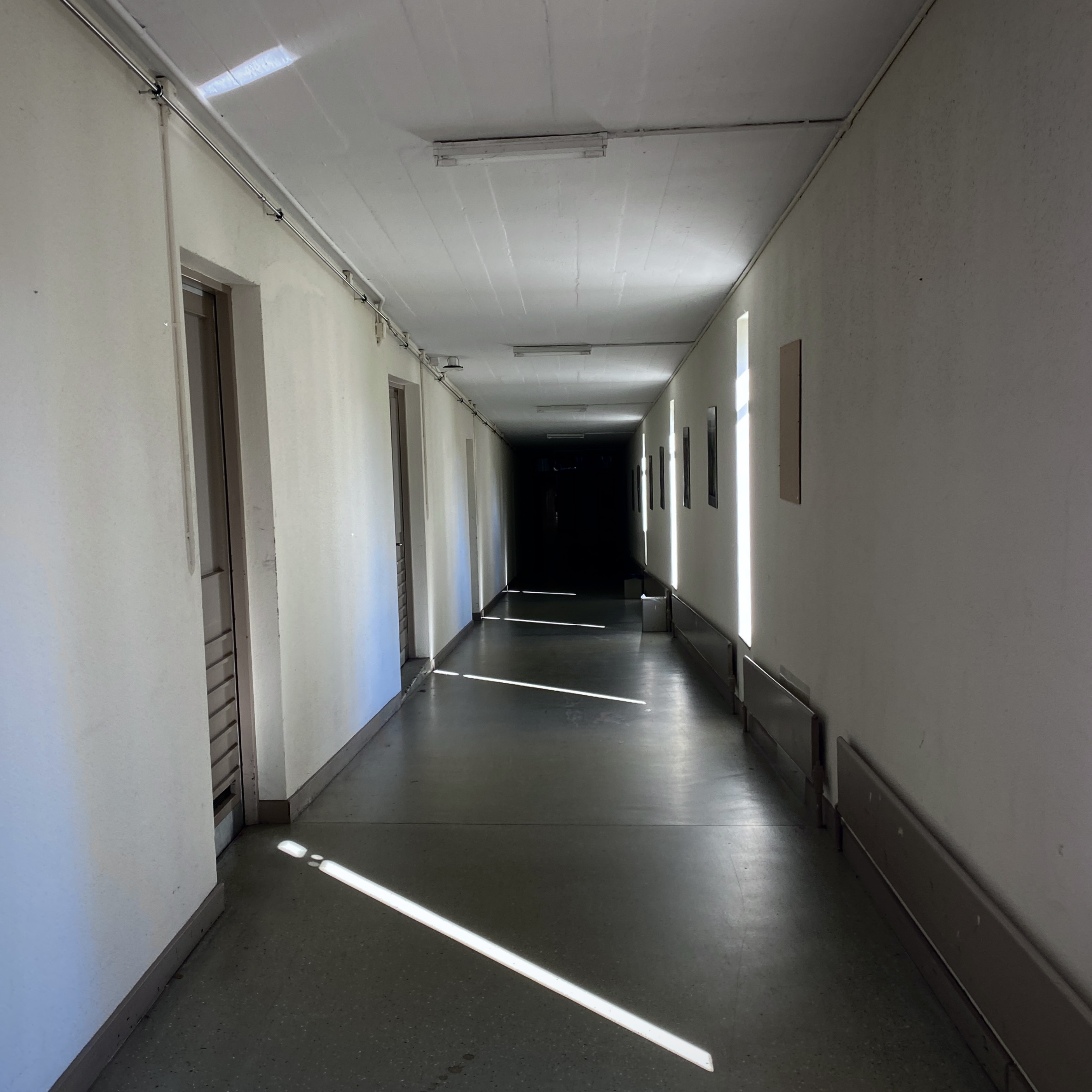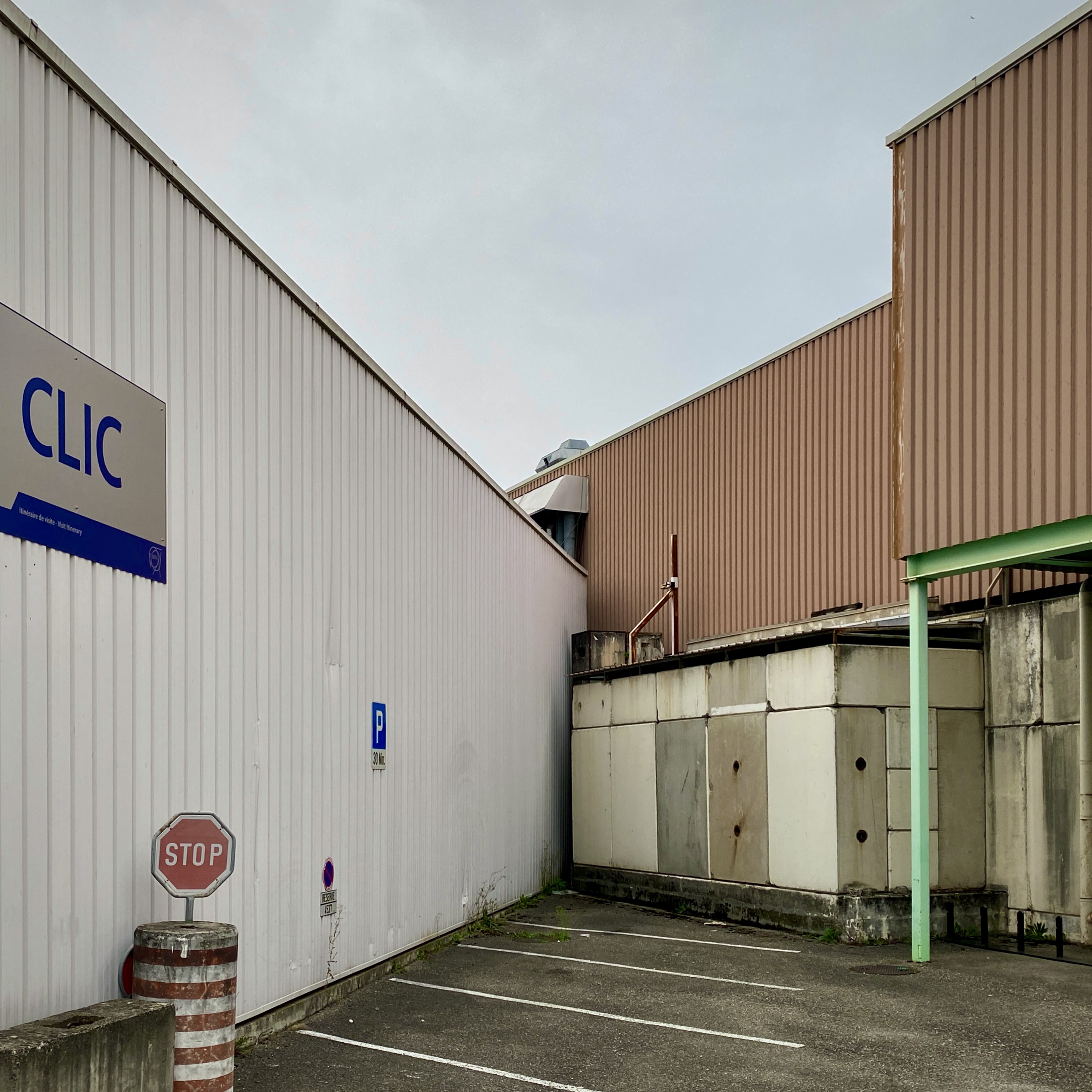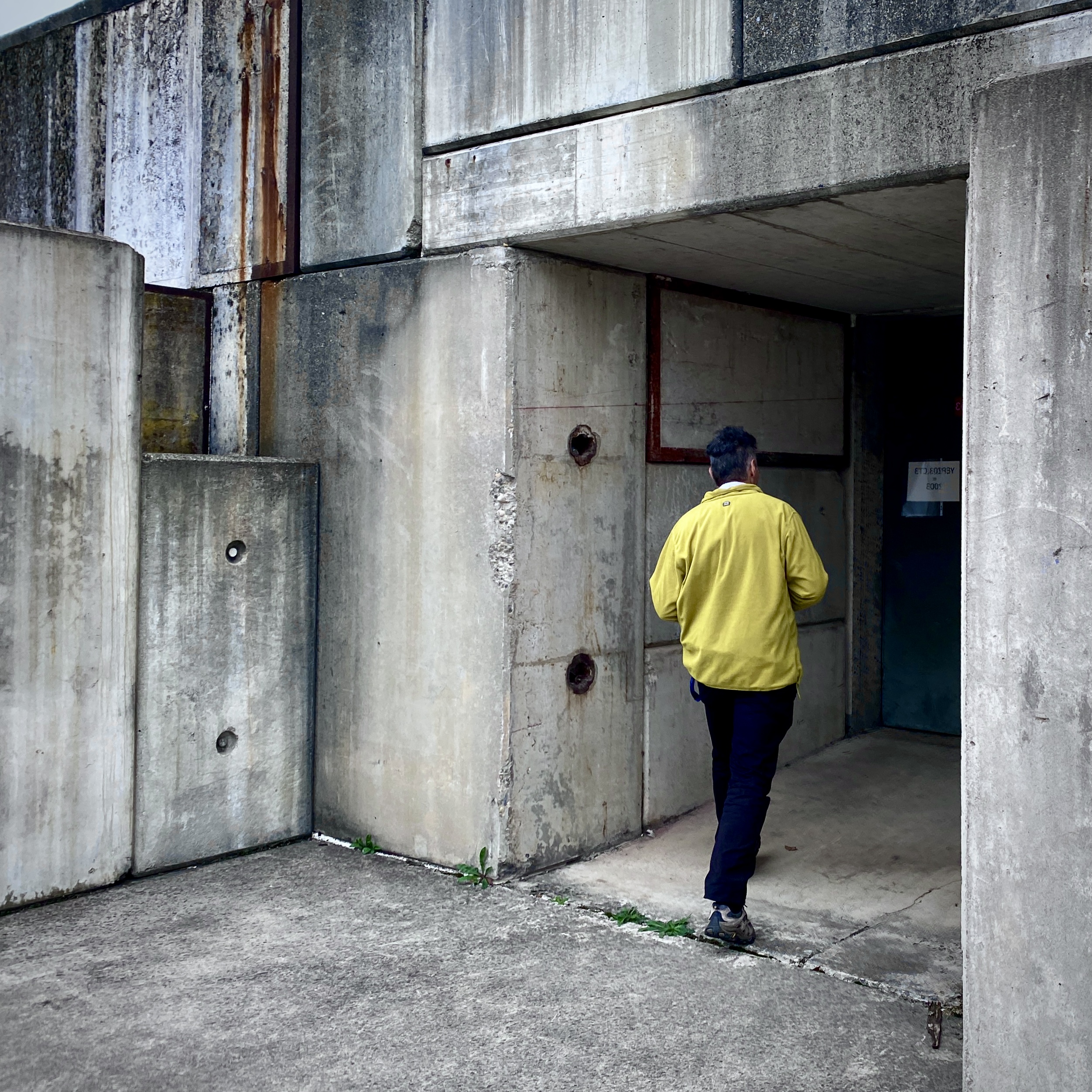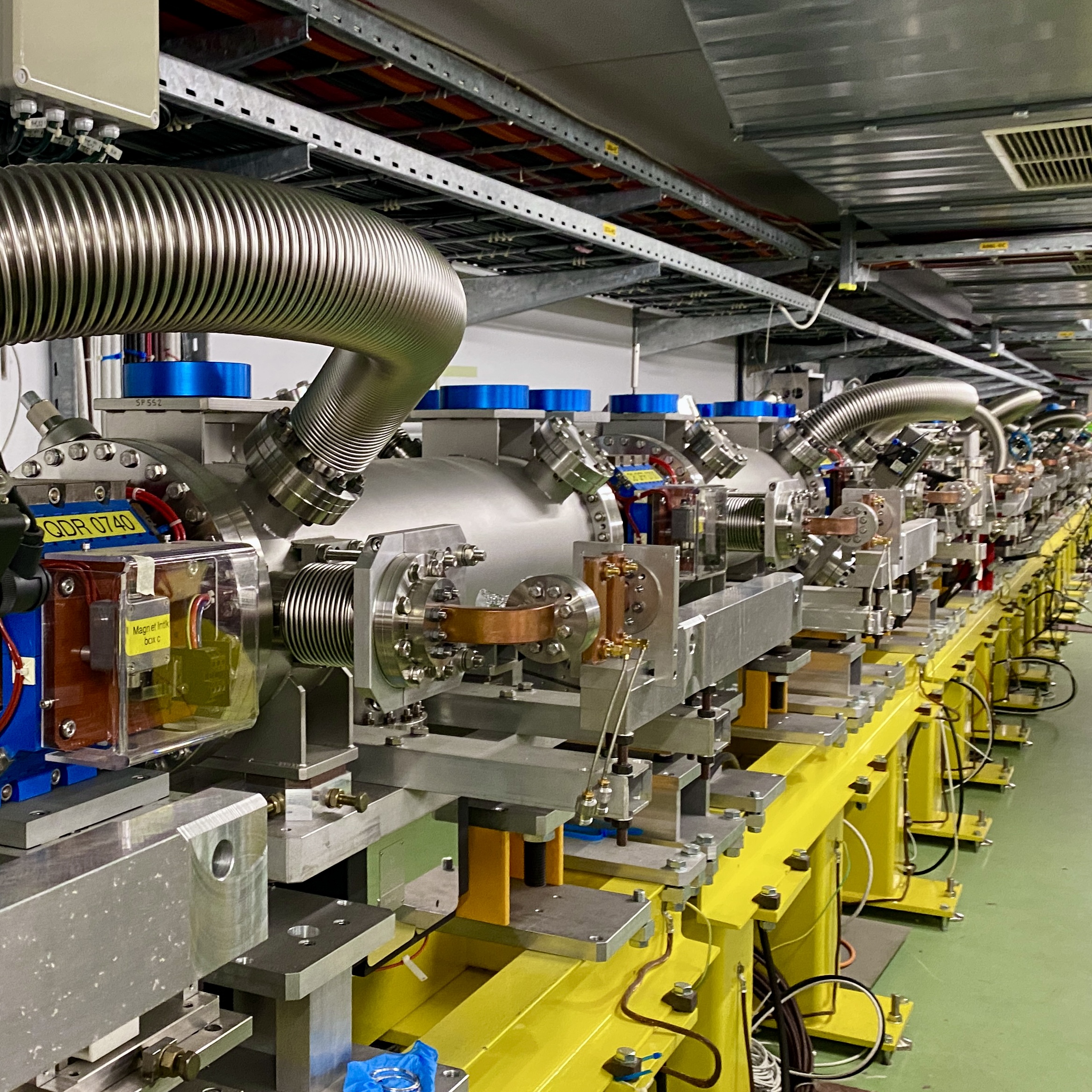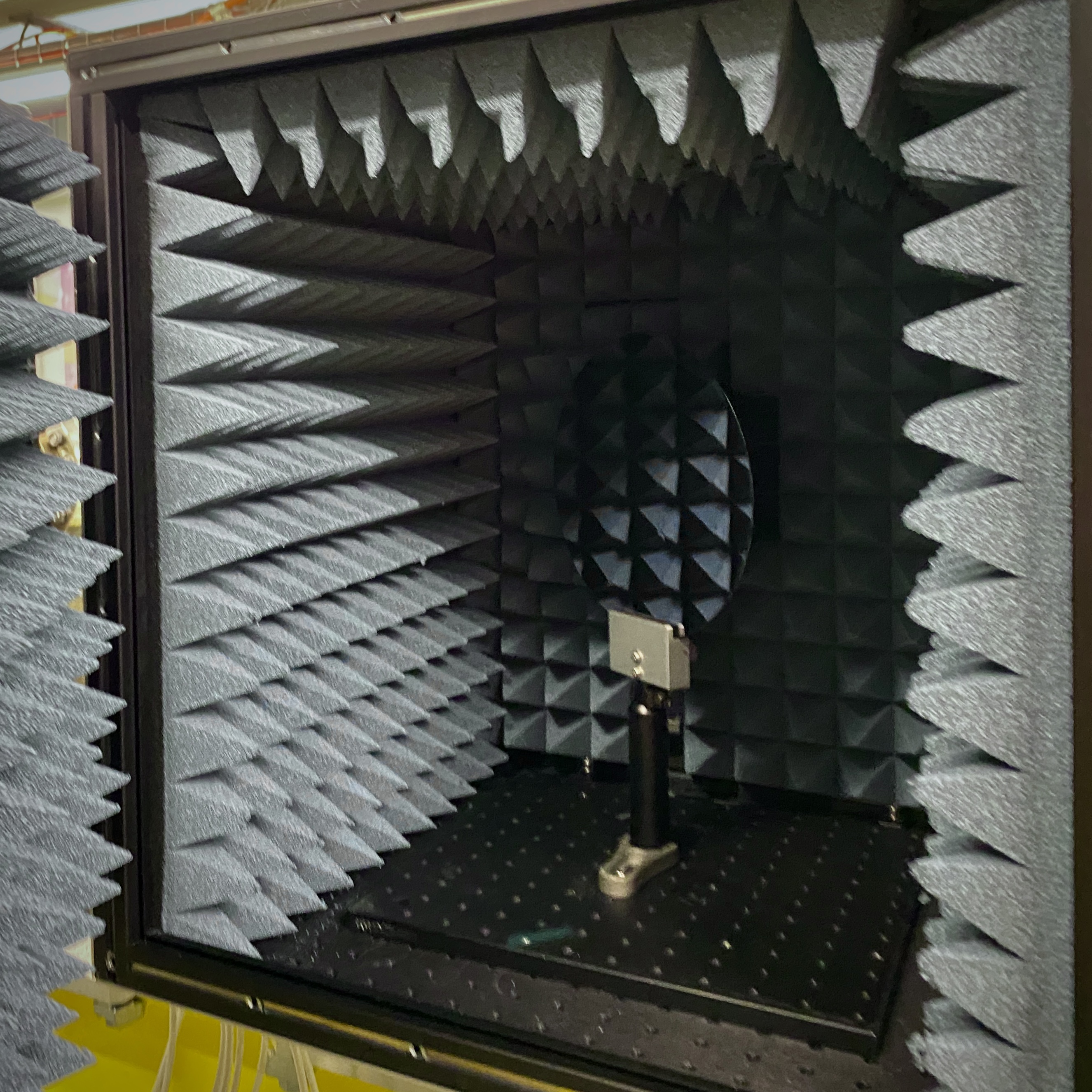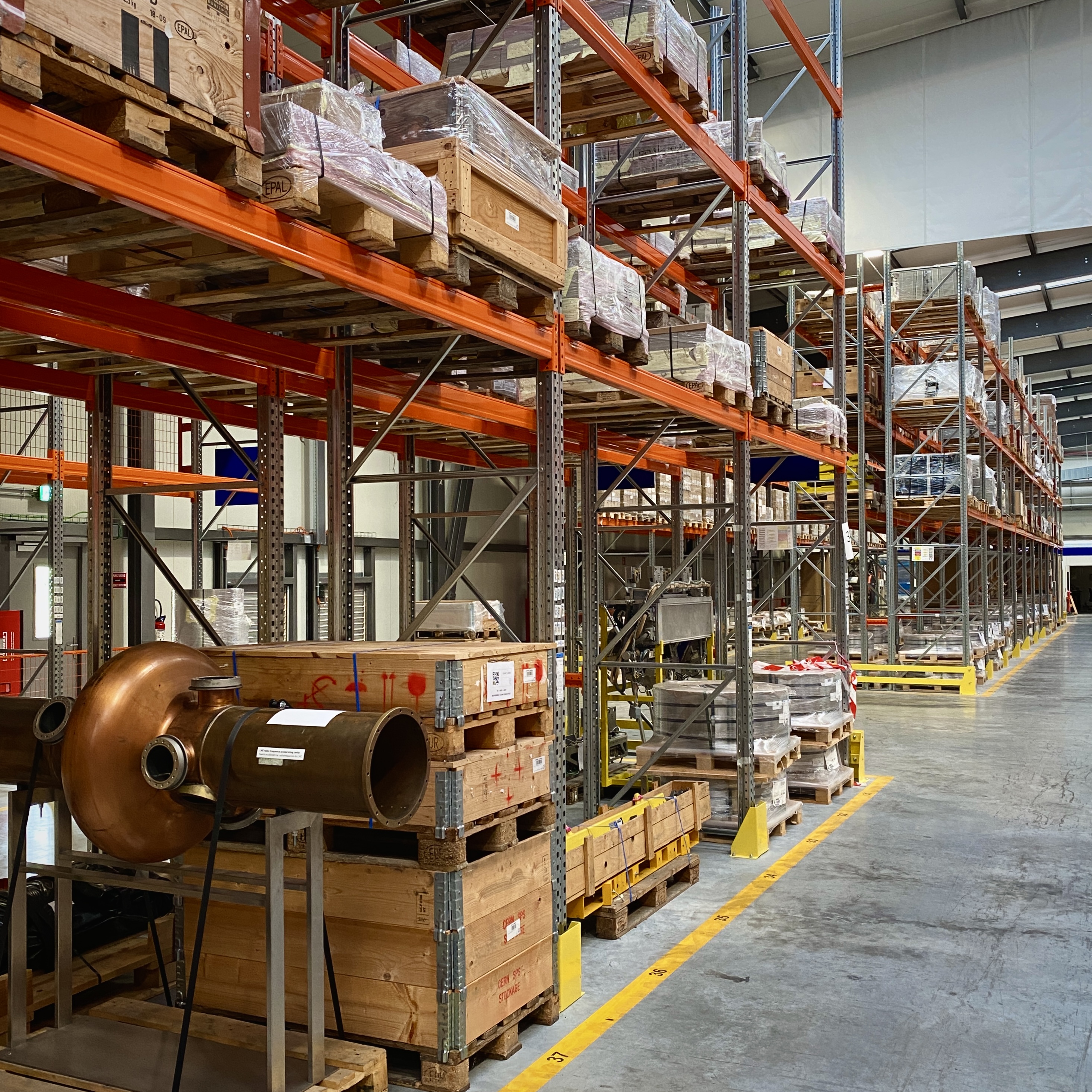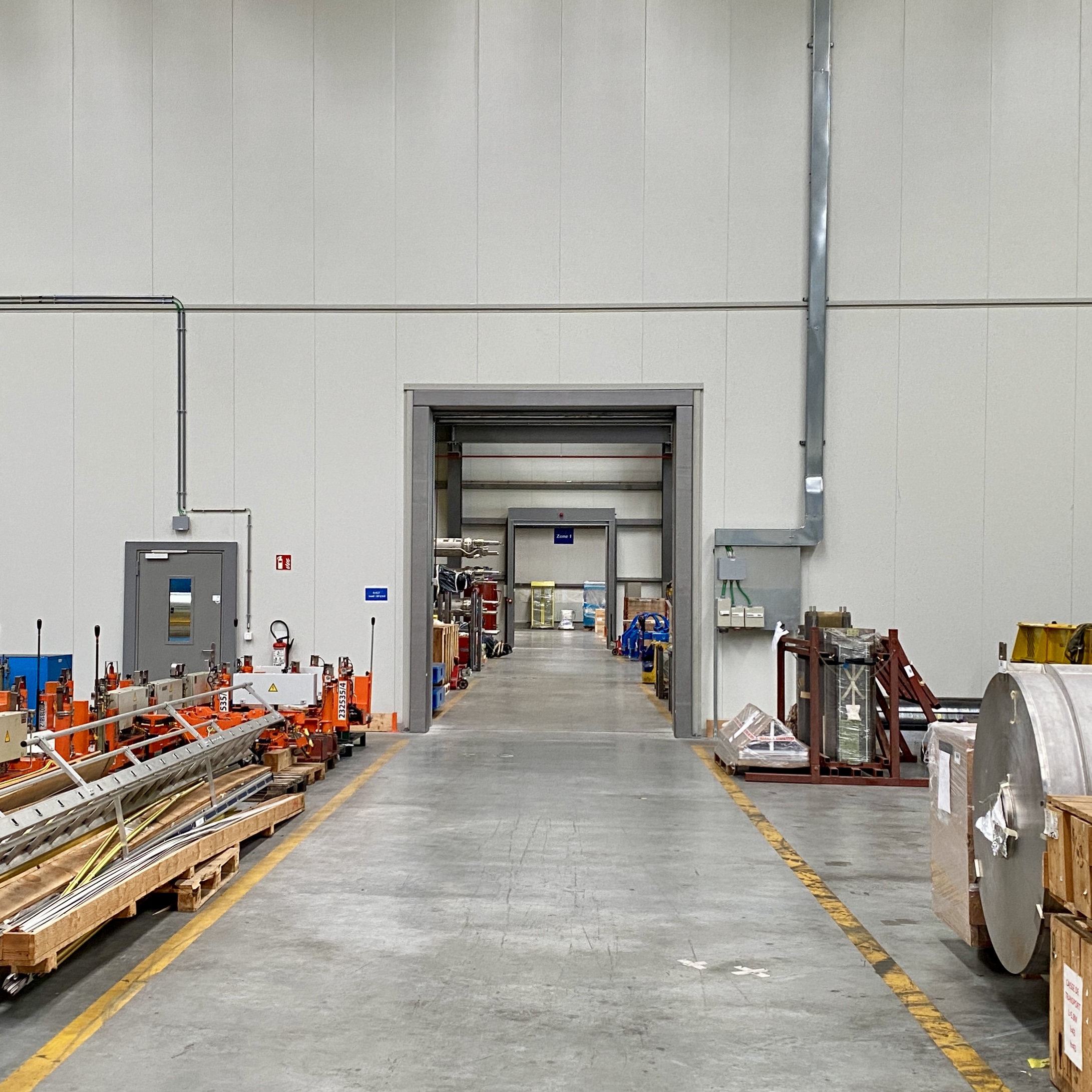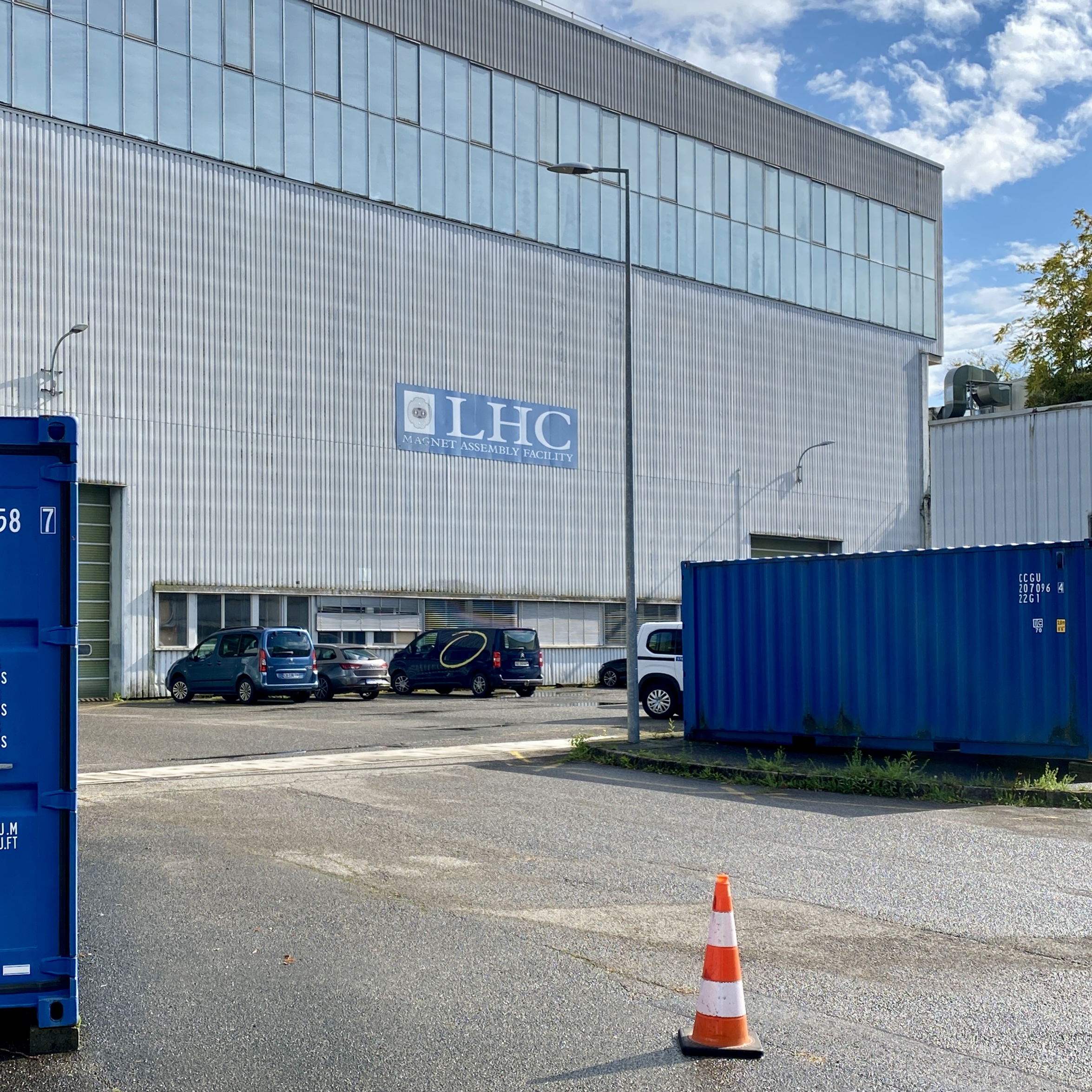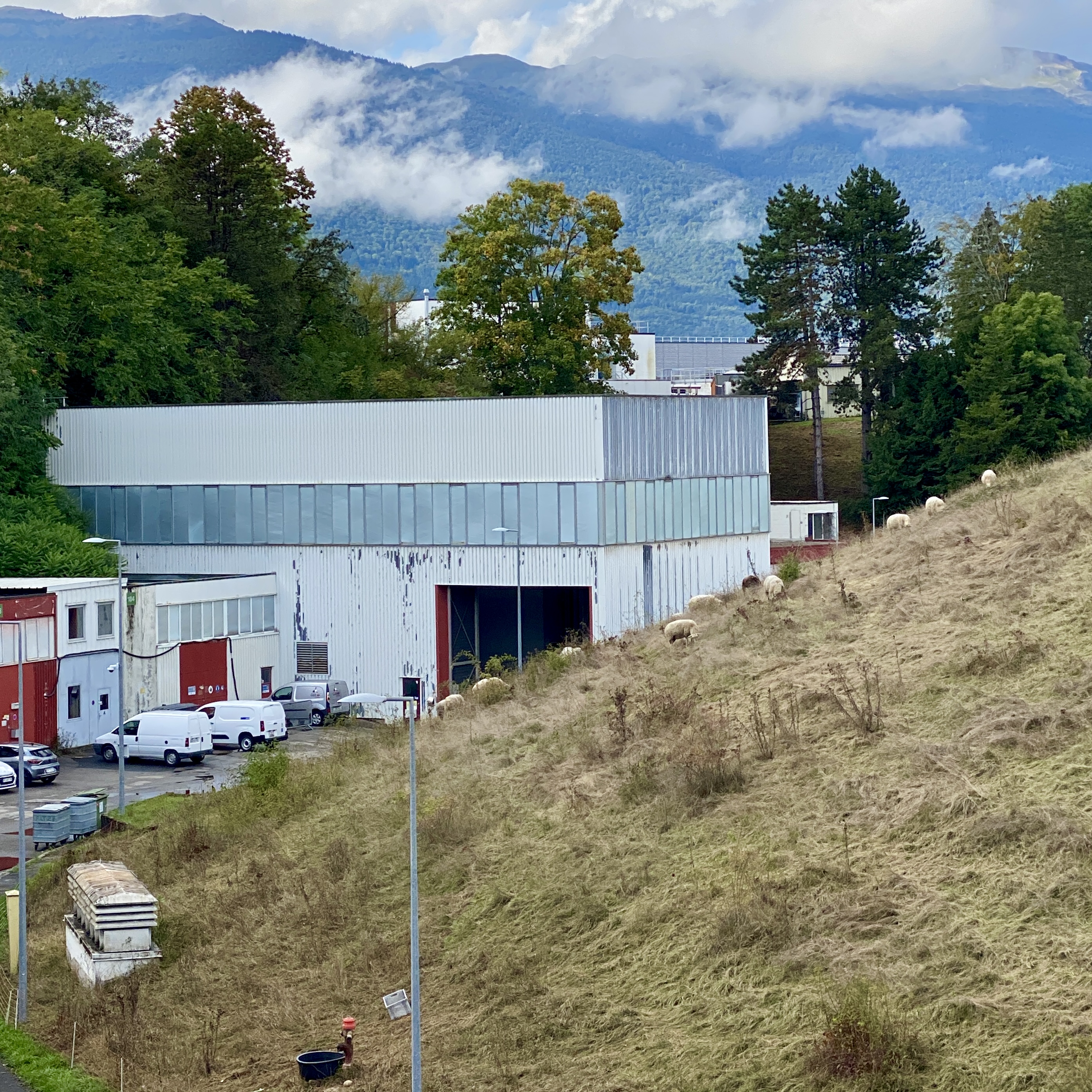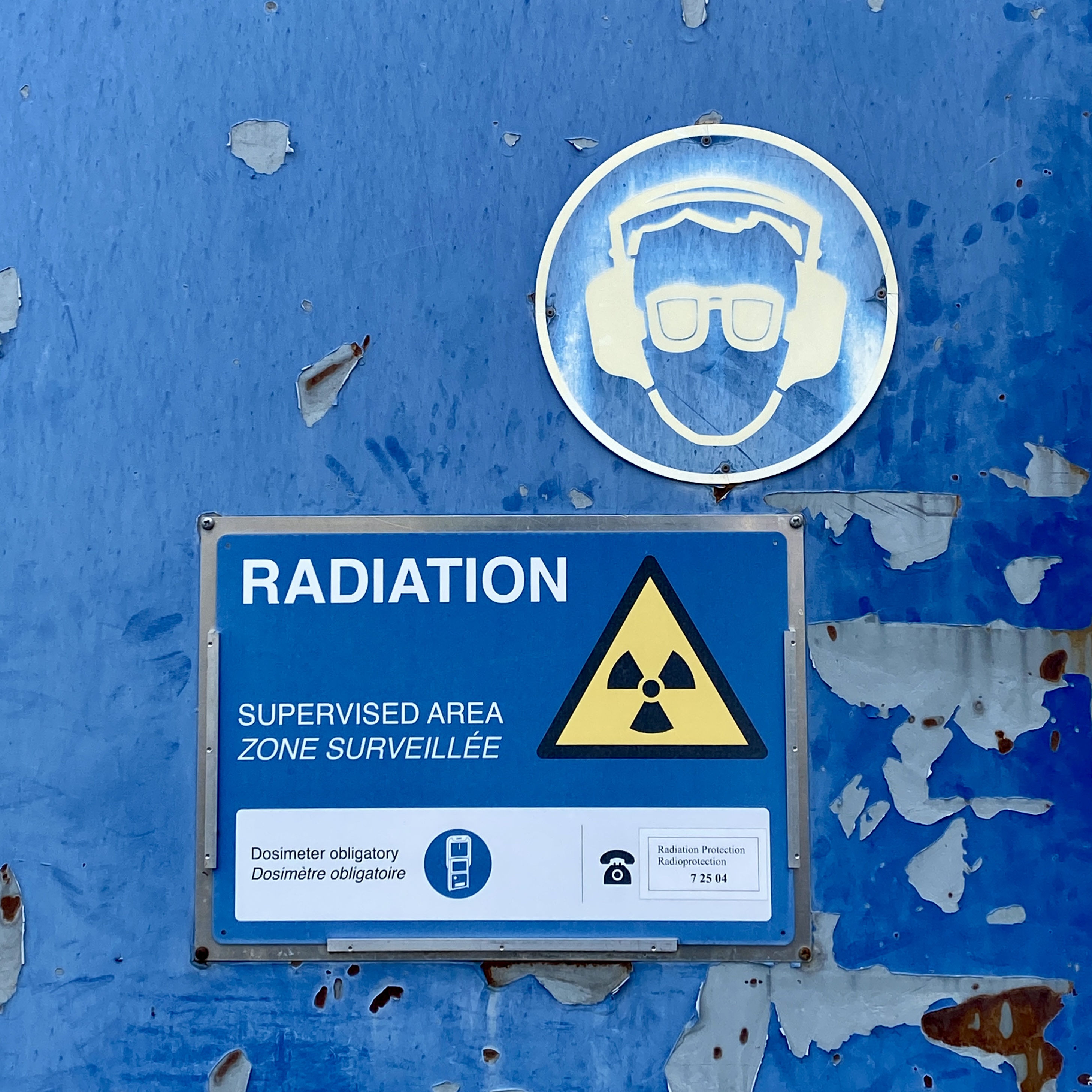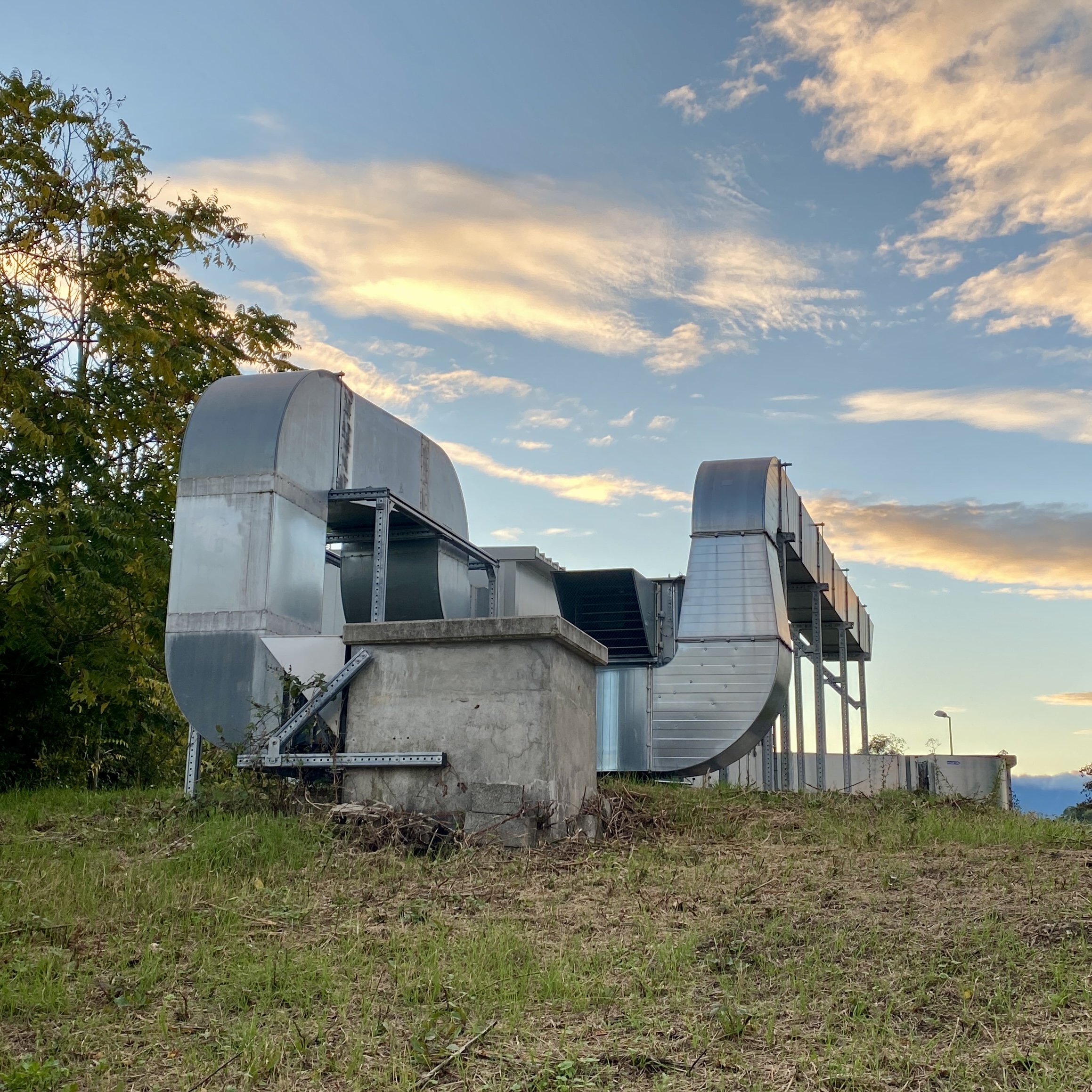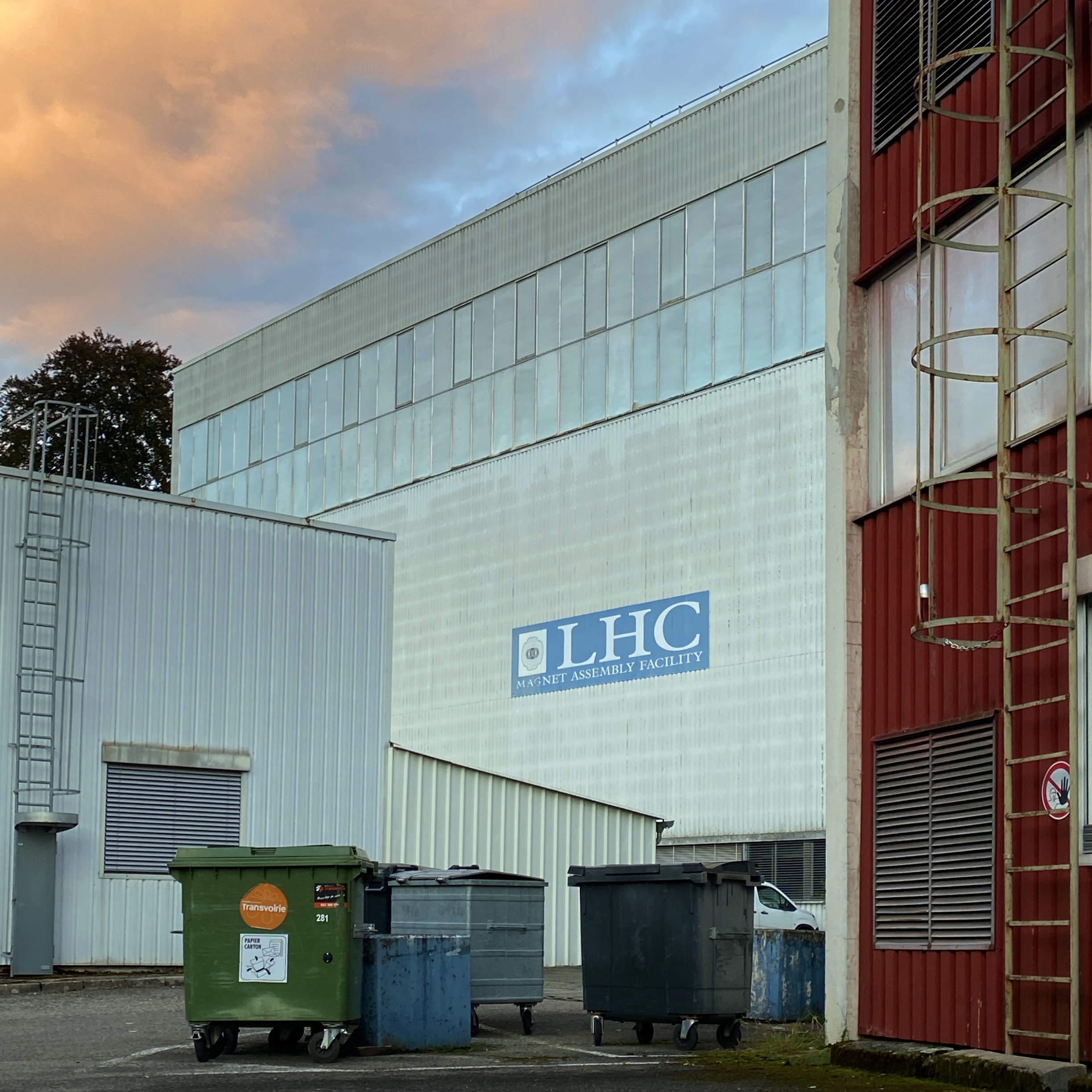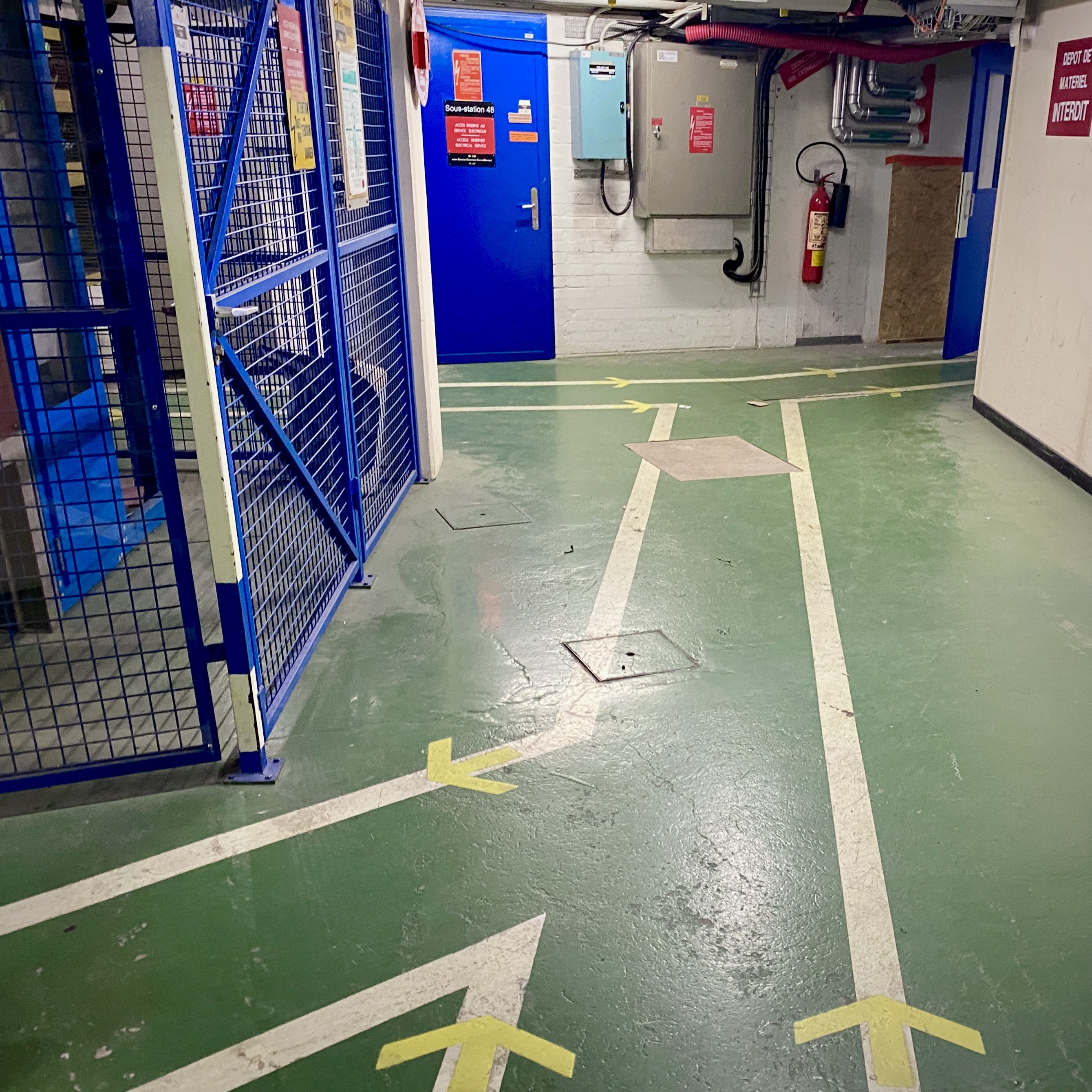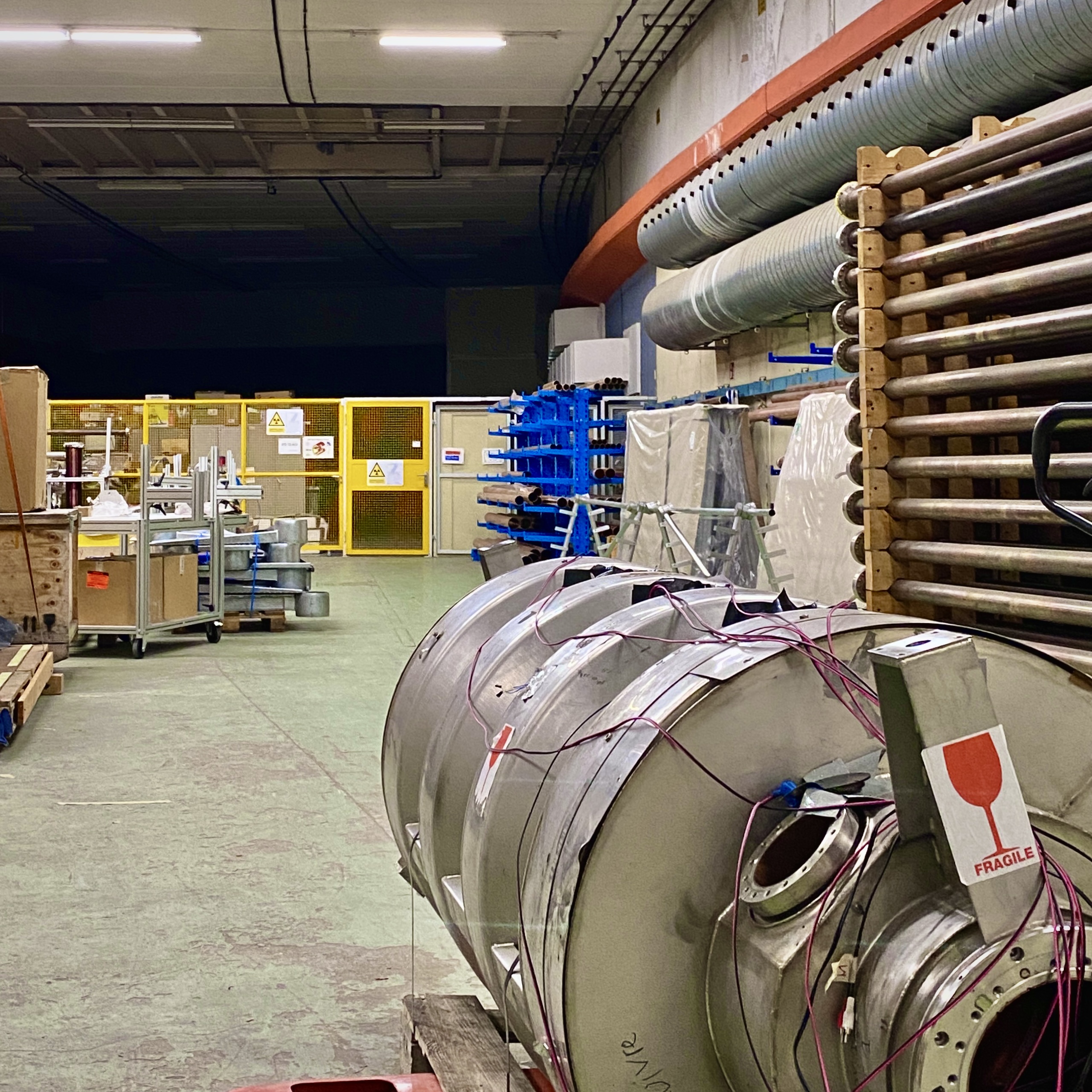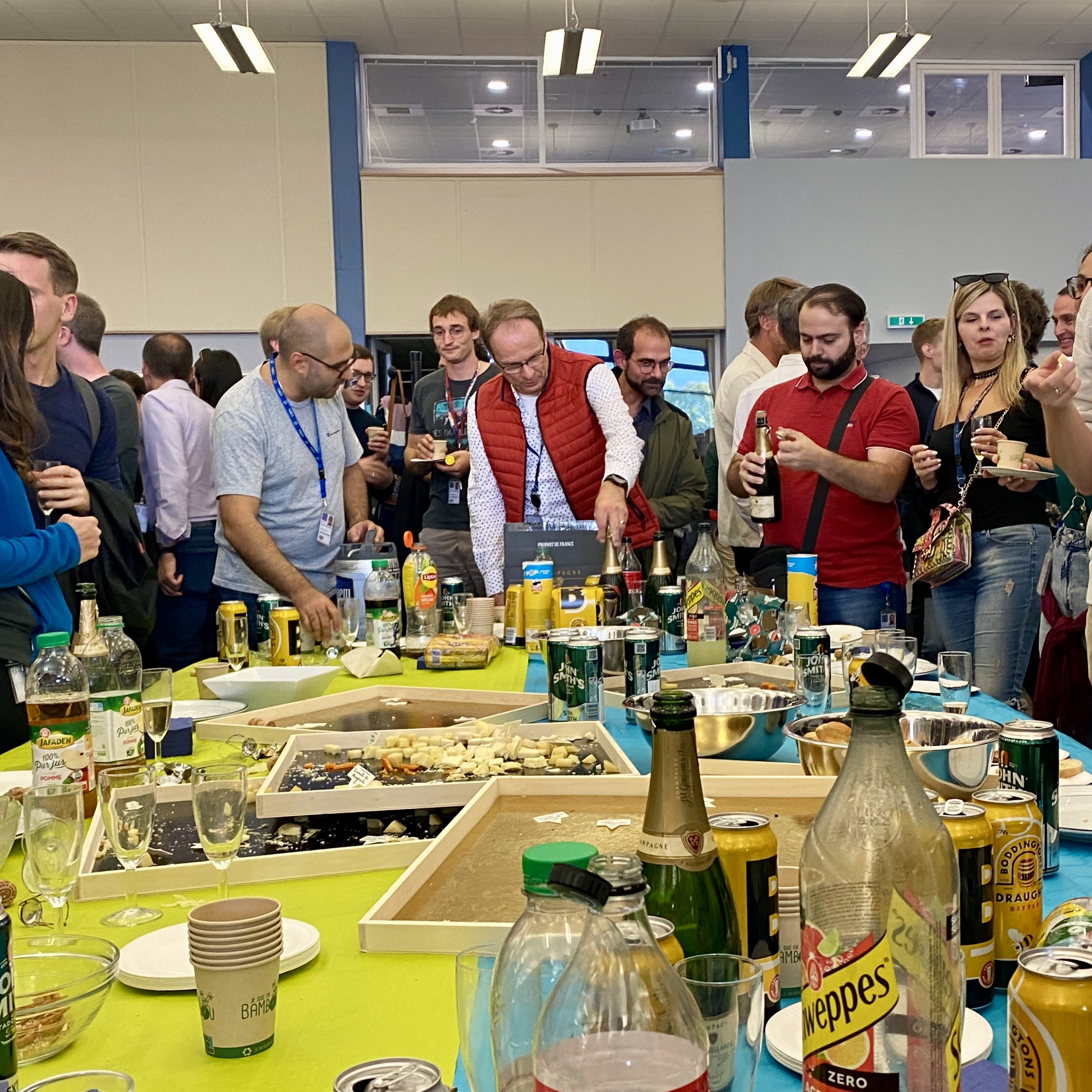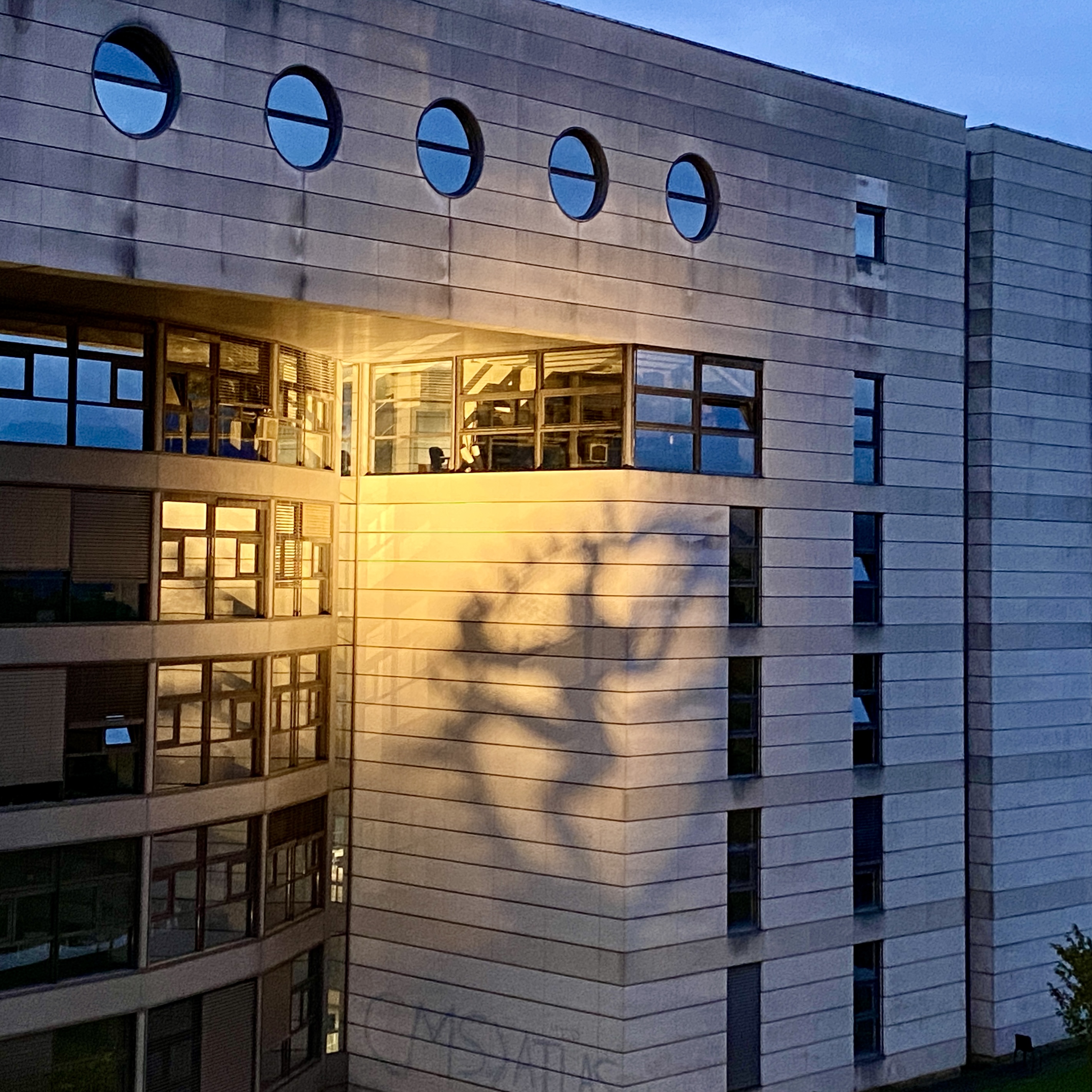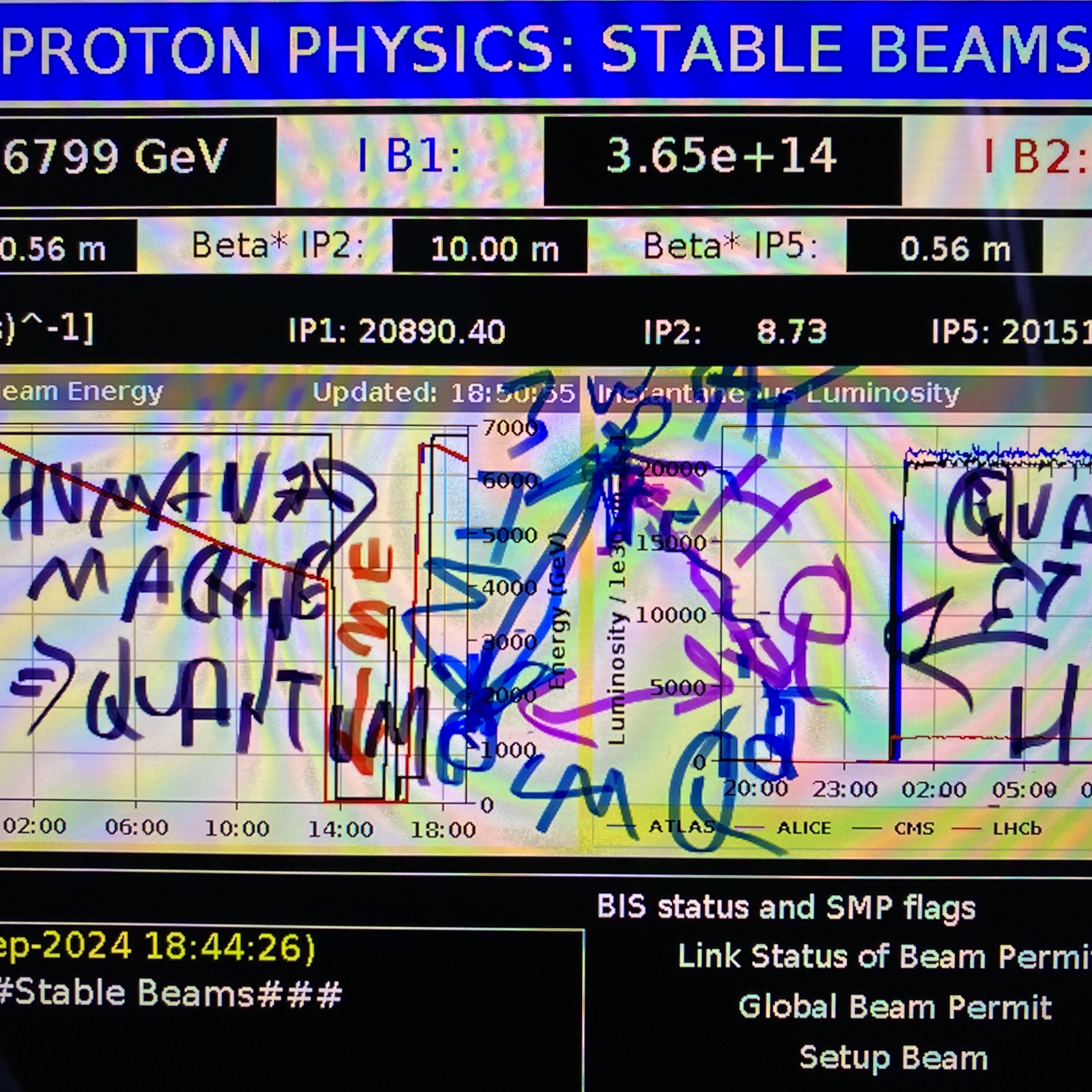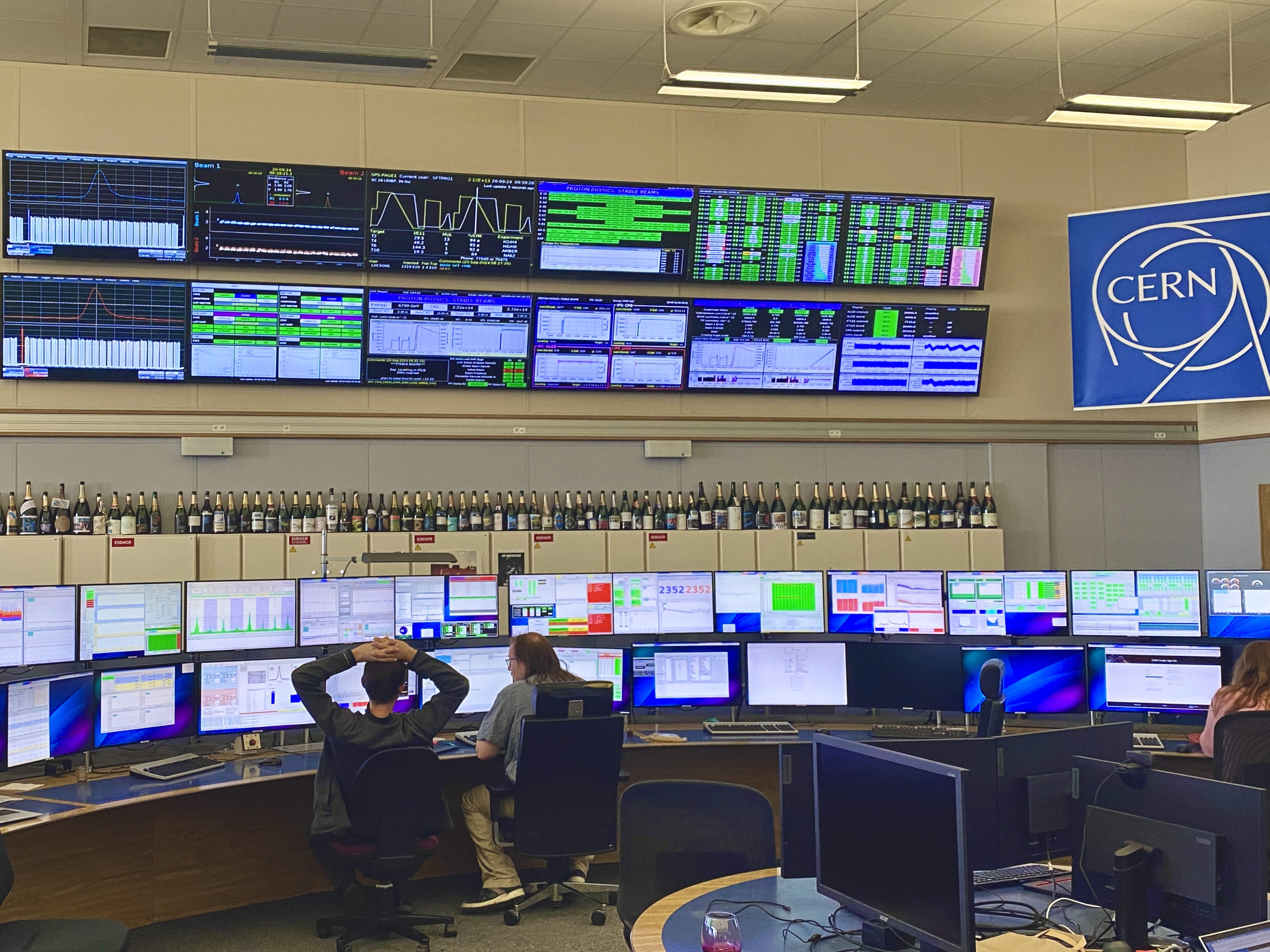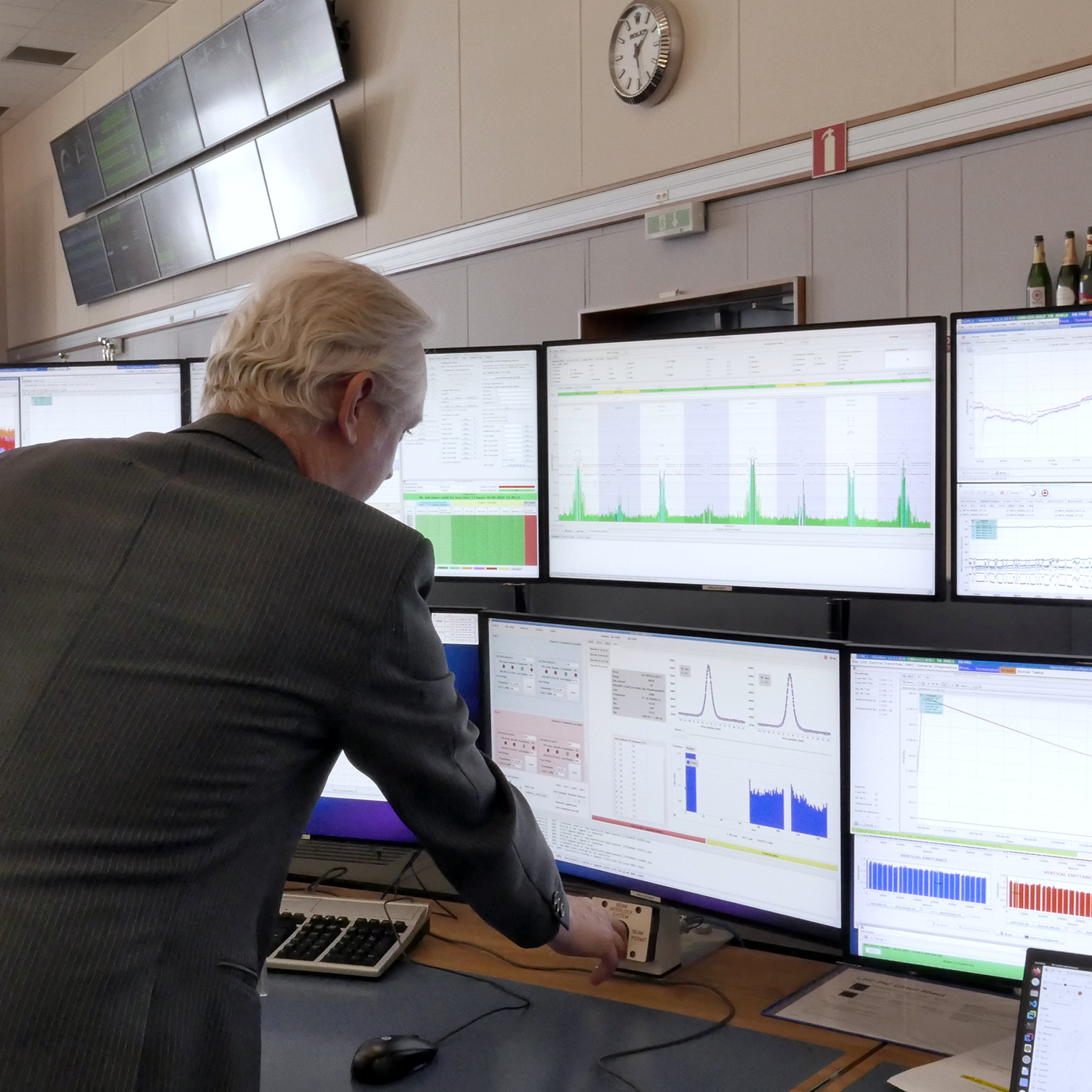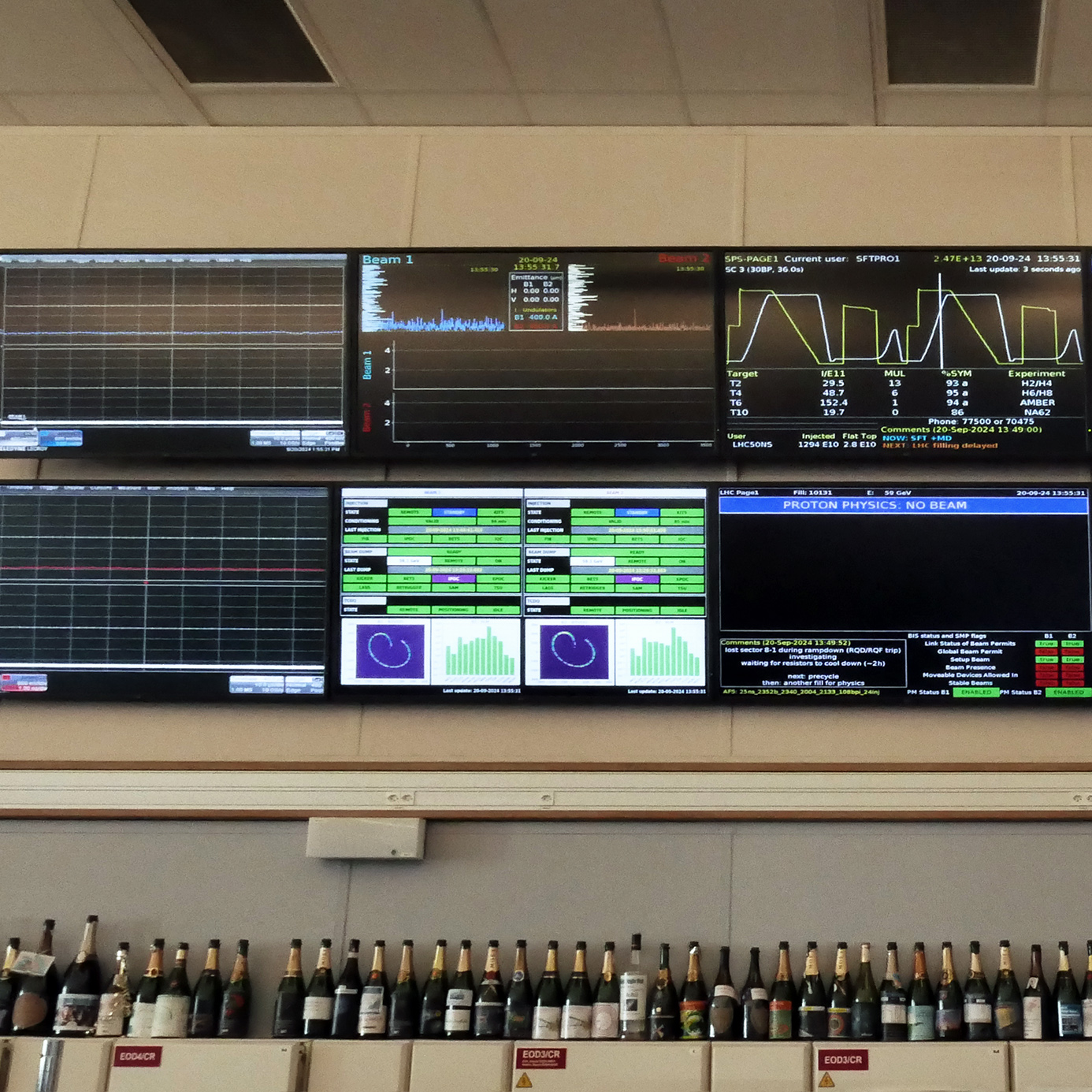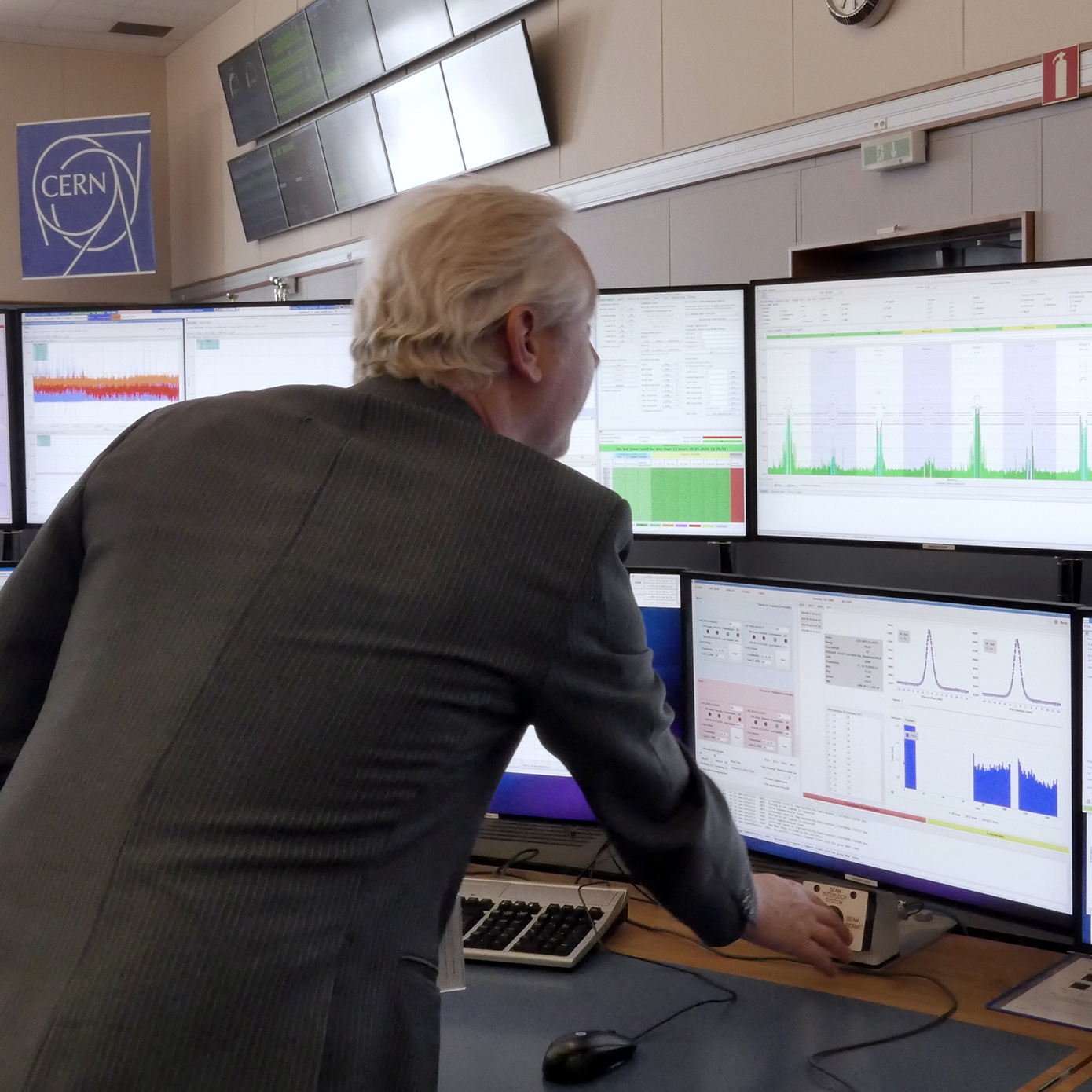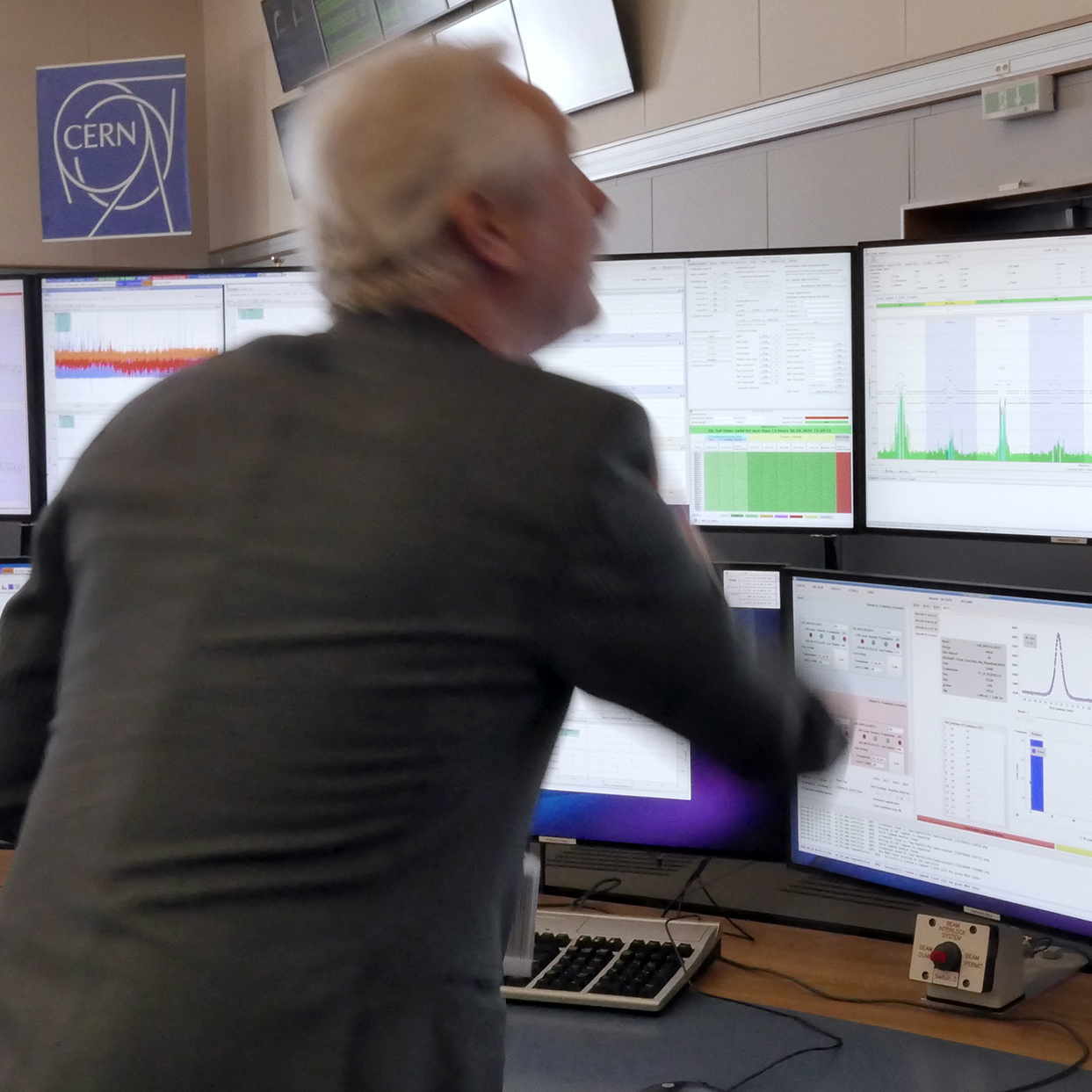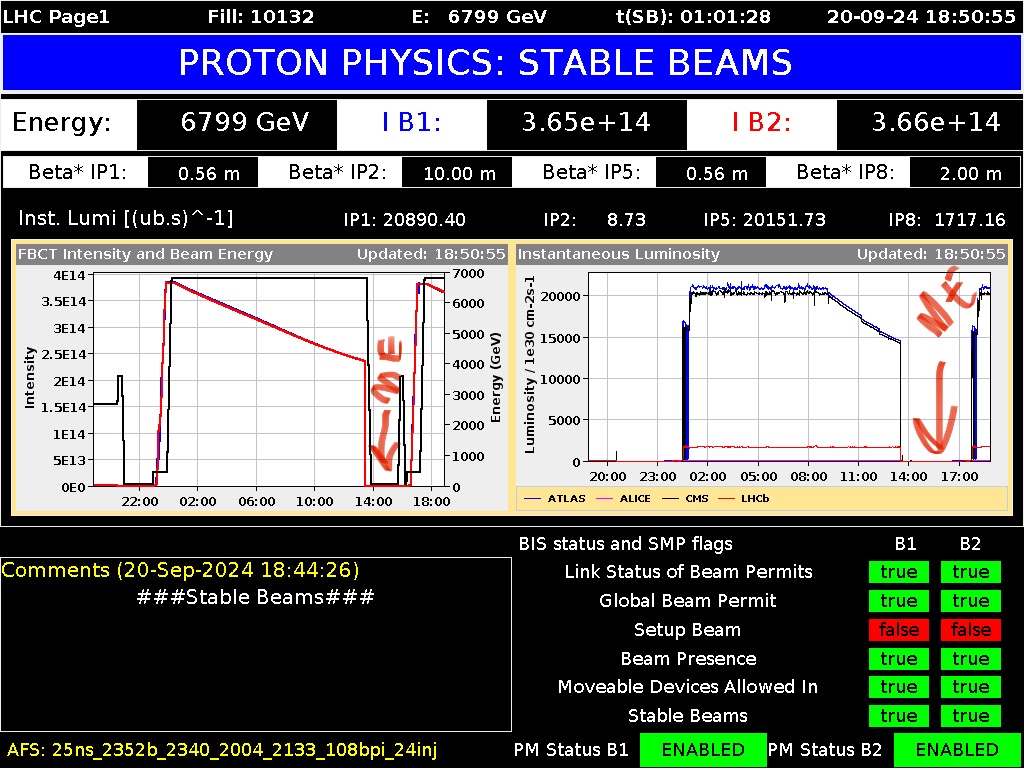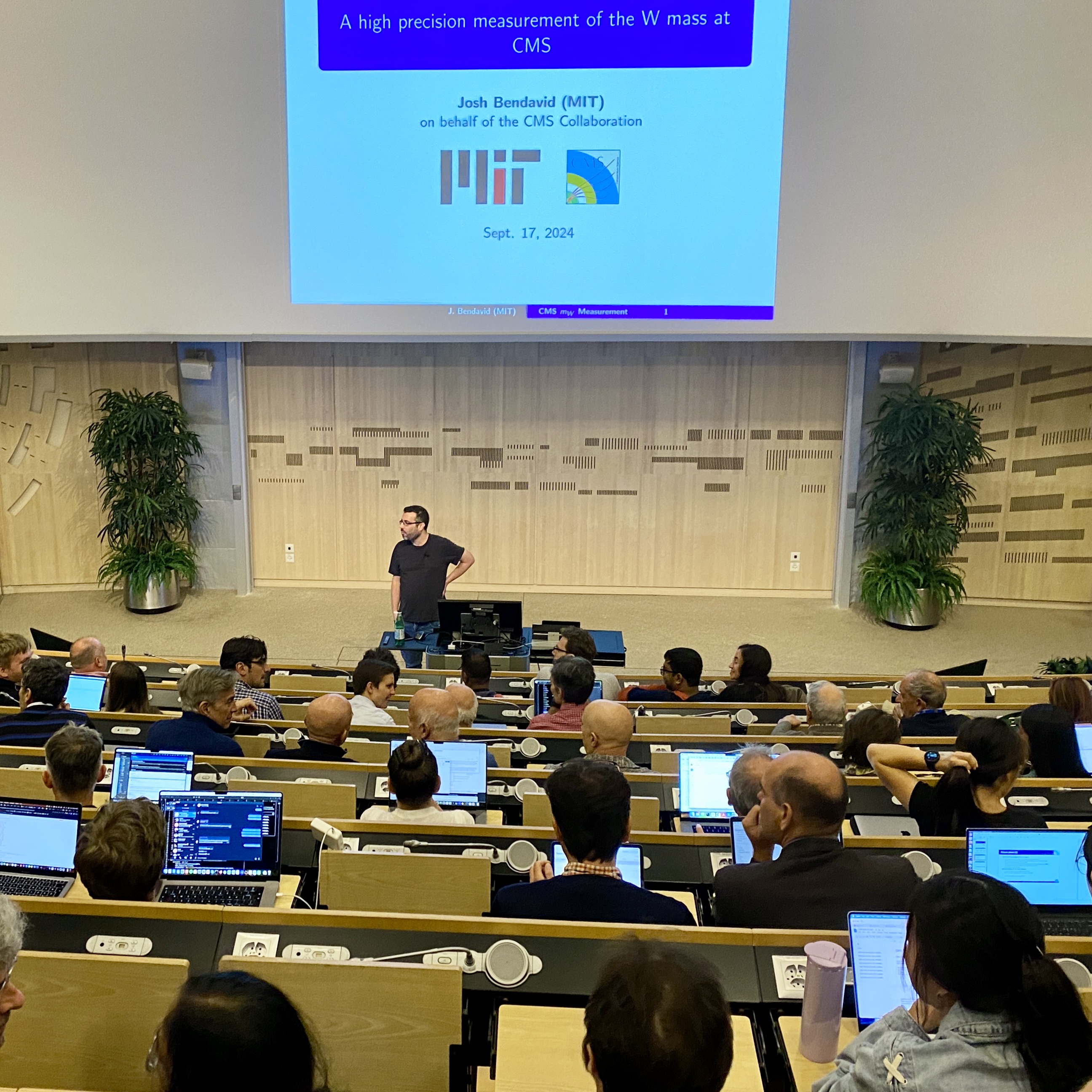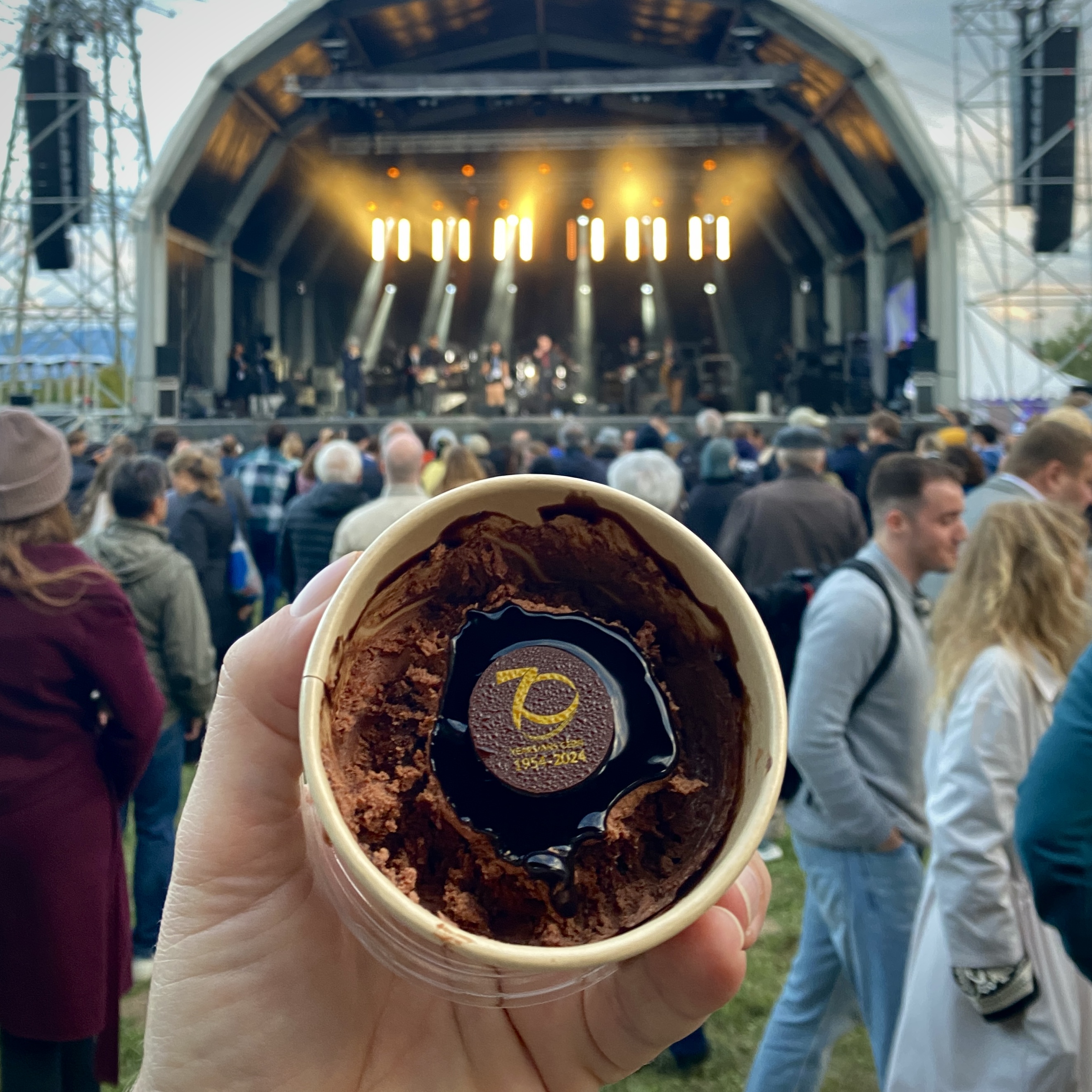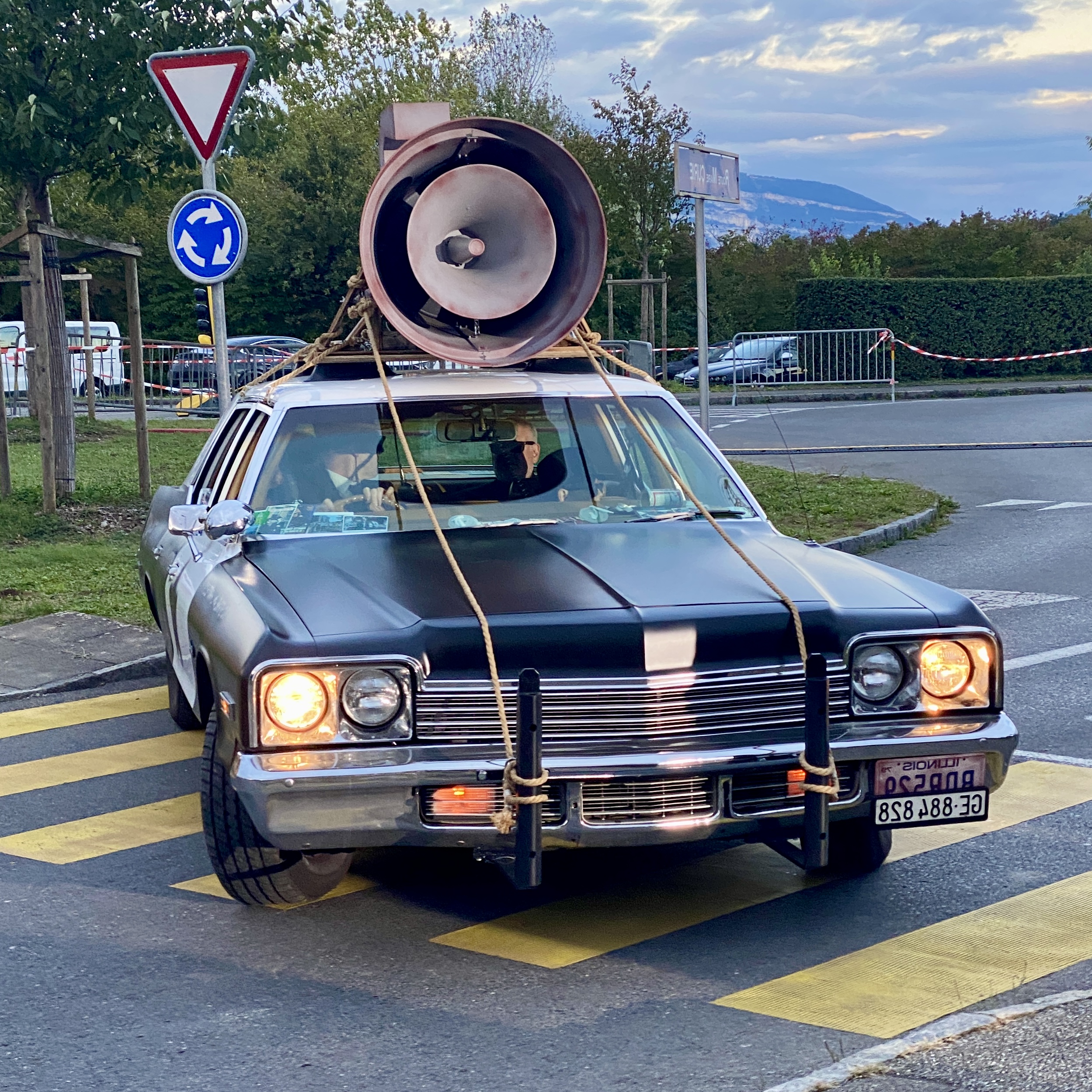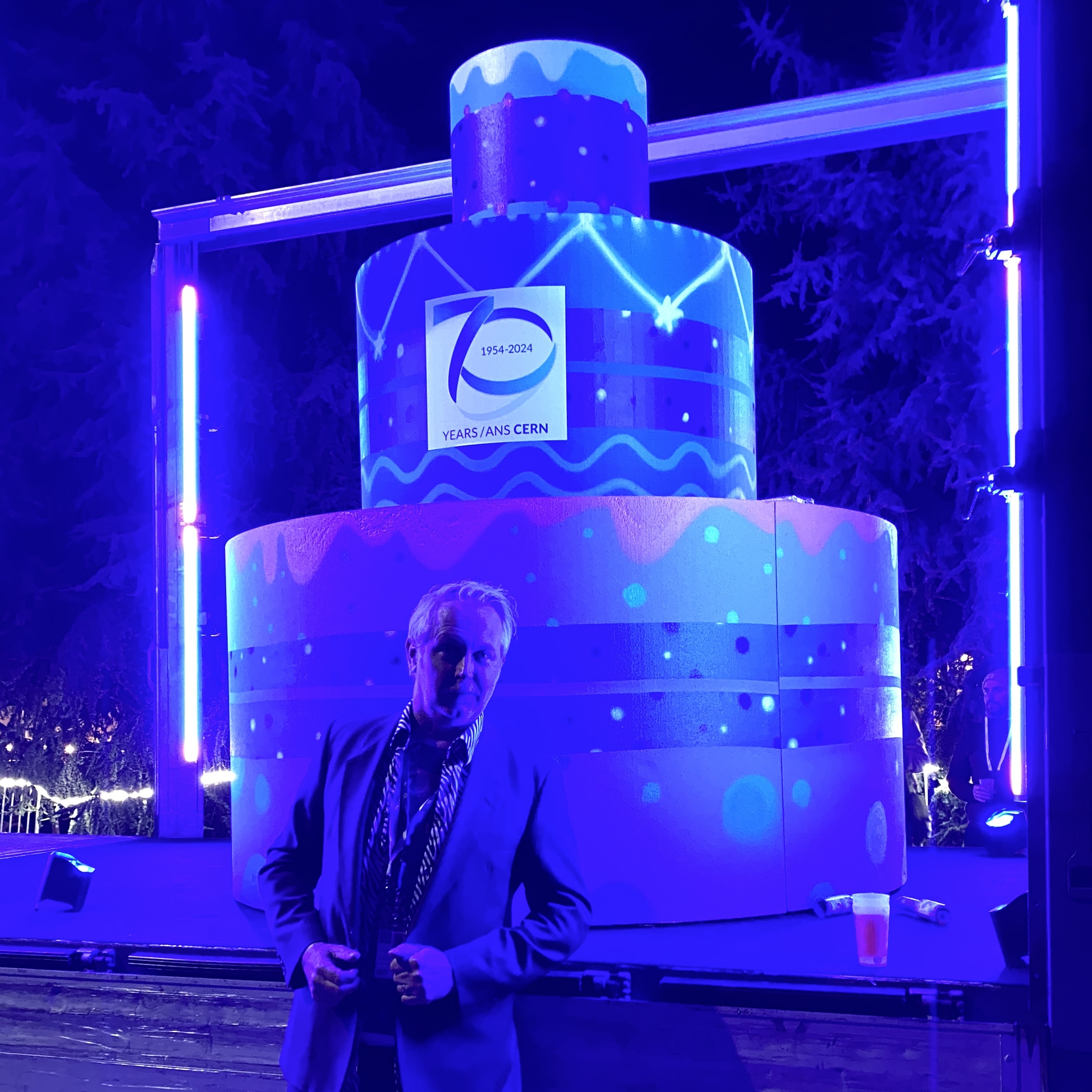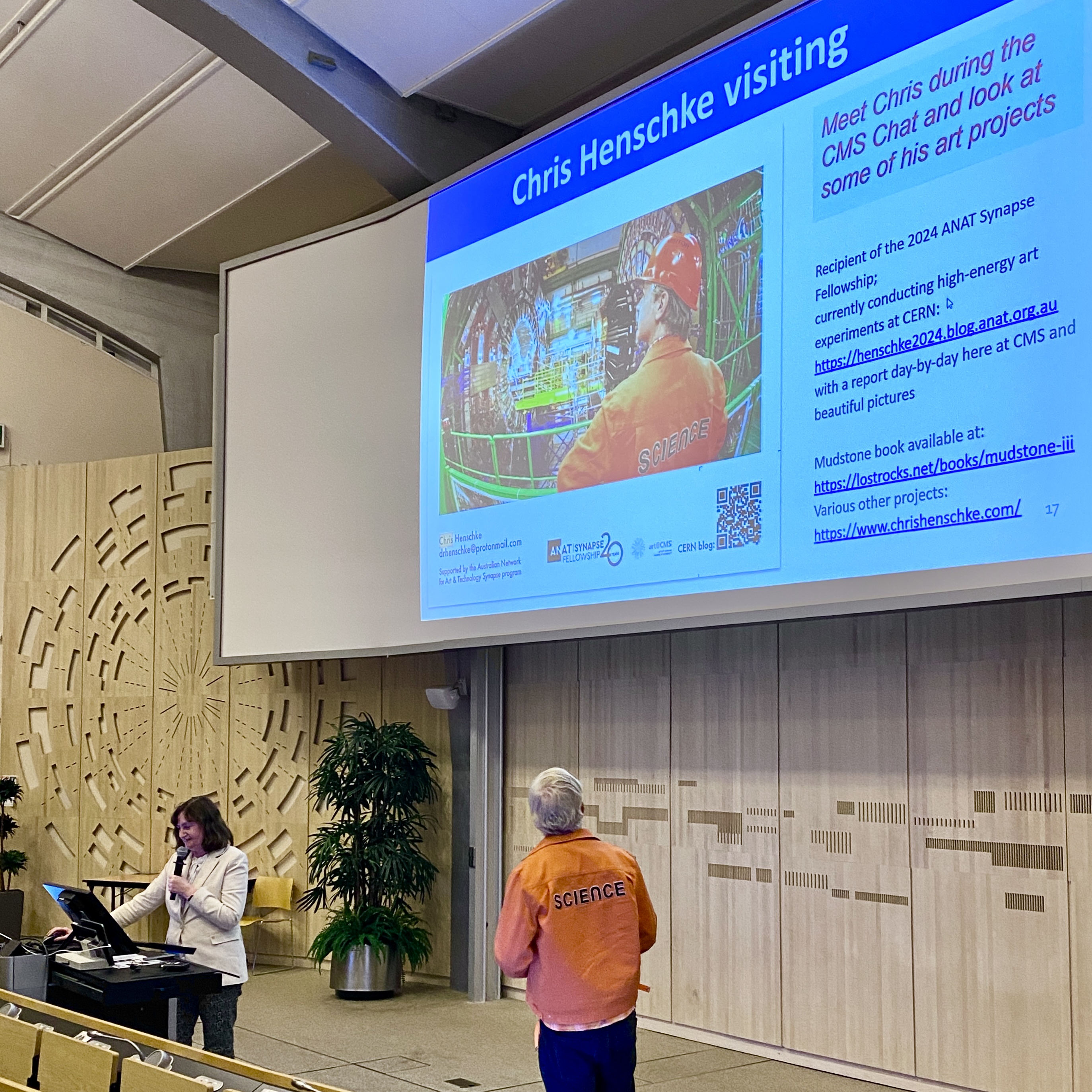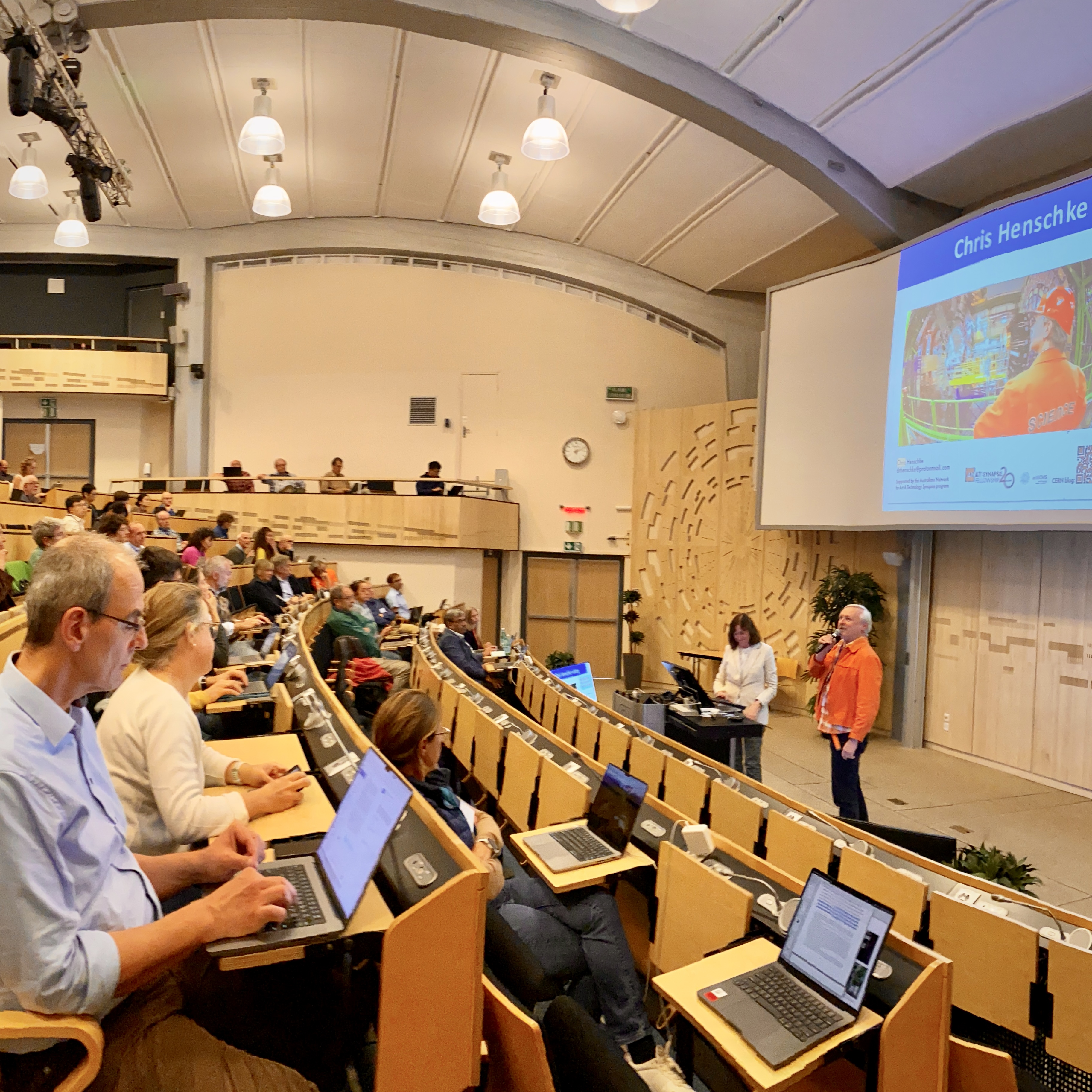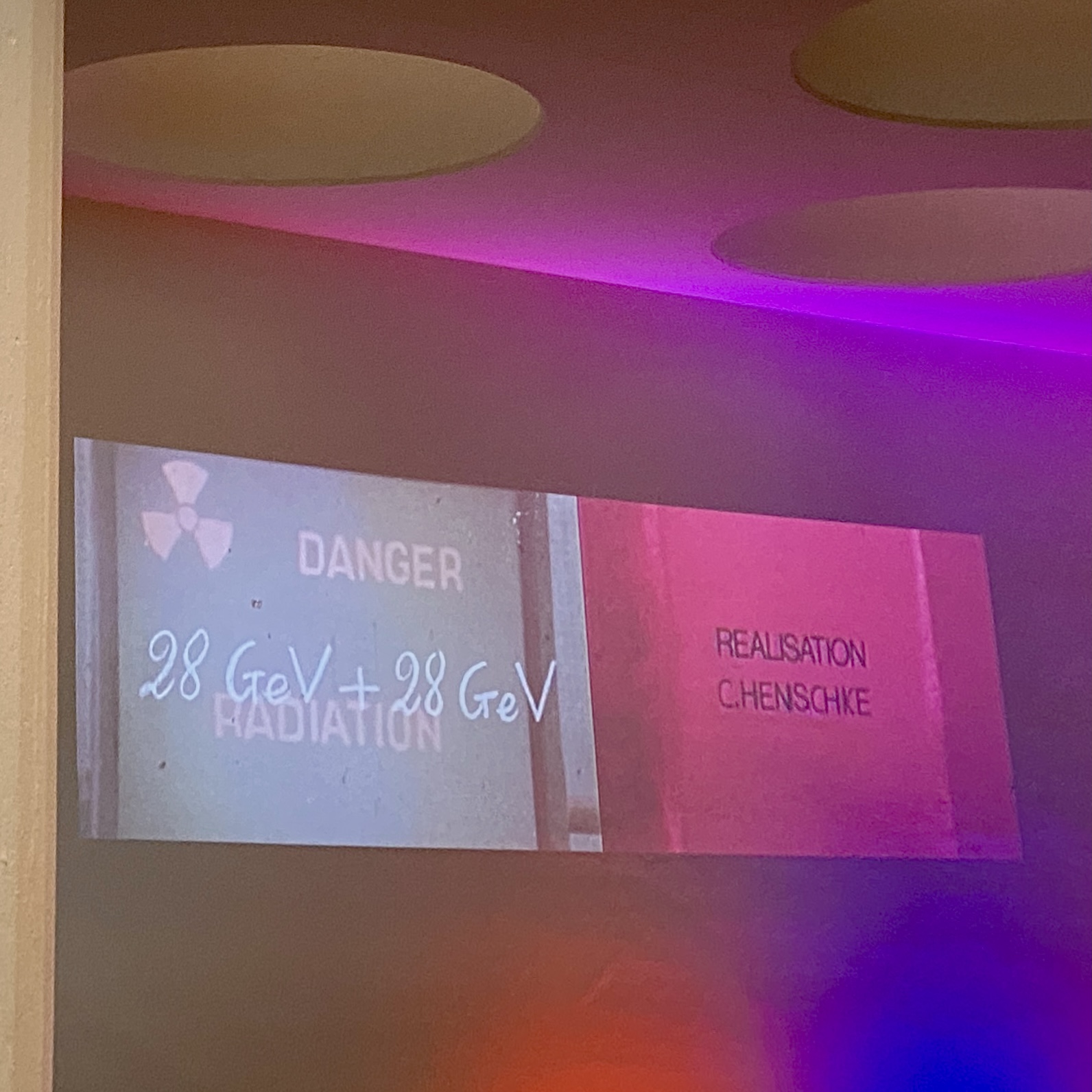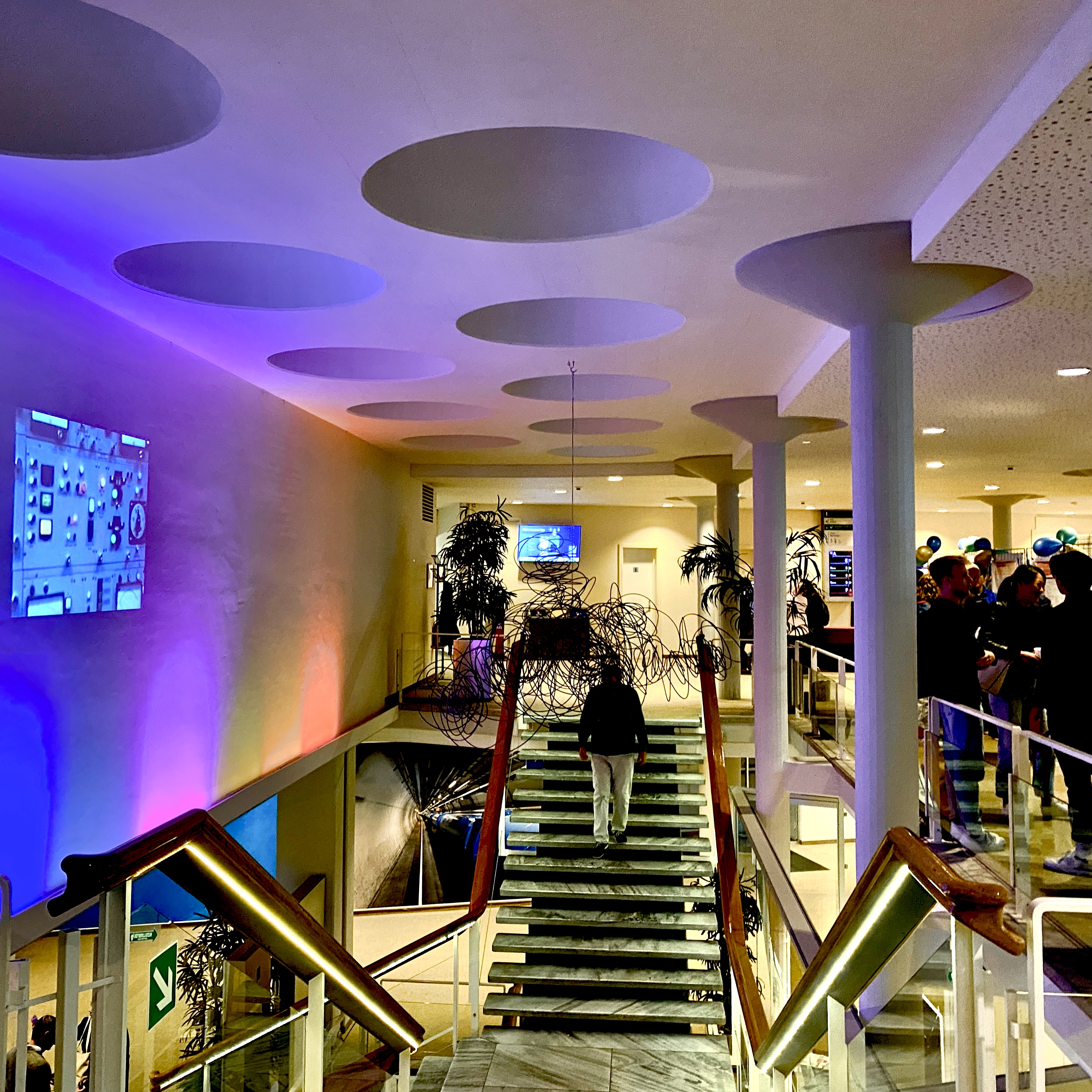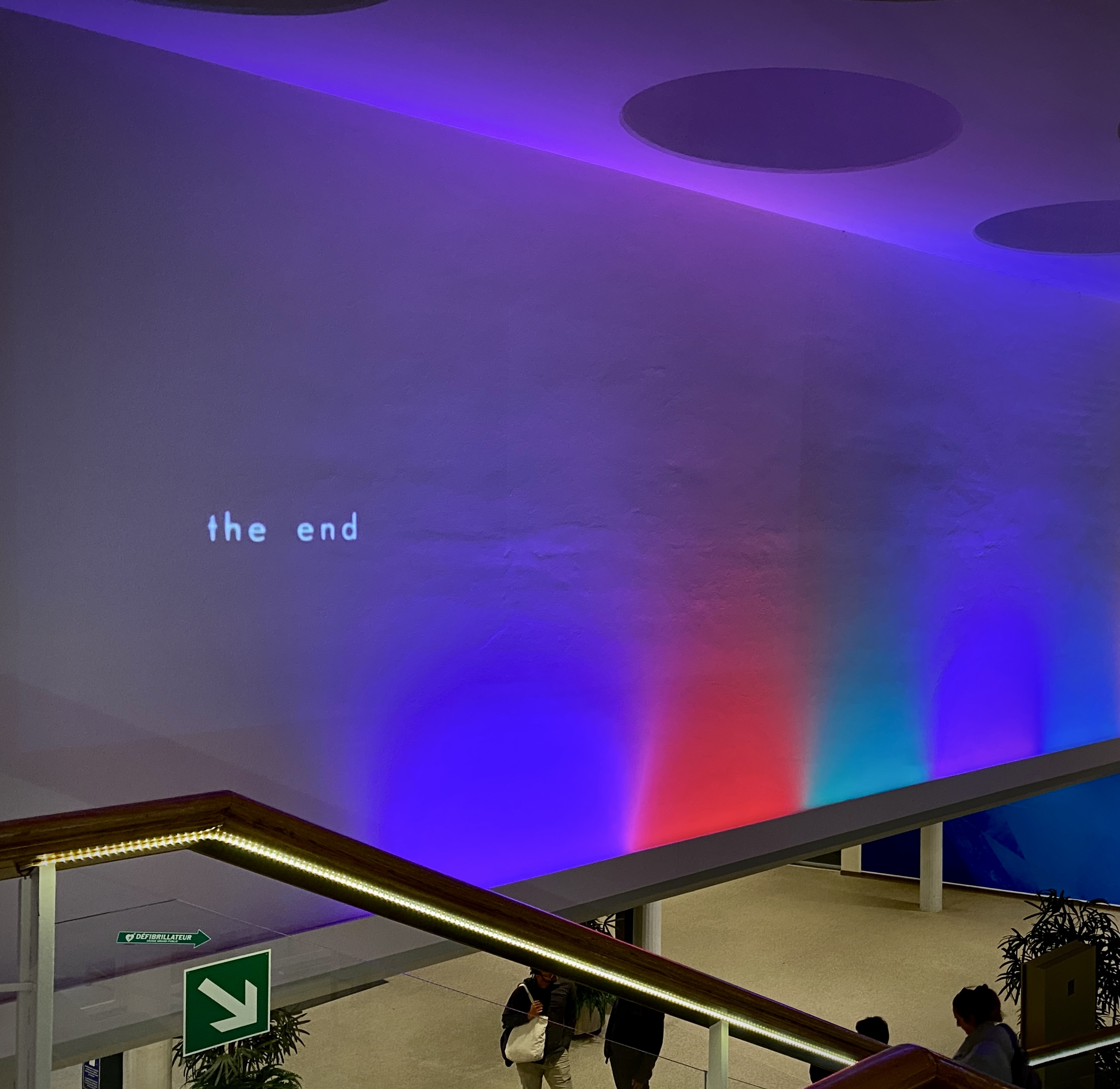Yesterday was CERN’s 70th birthday party, and it was massive (in many ways).
The day started off with an important physics discovery announced in the main auditorium, the mass of the “W” boson, one of the fundamental subatomic particles. I attended a 1 hour presentation by Josh Bendavid, which was very complex and detailed (most of it going over my head) but it was amazing to see him describing every aspect of the experiment and calculations without missing a beat, then when he presented the final slide, revealing the measurement of the “W” particle, the room burst out in cheers and rounds of applause. There was really an energy in the air!
In a way this experiment, which has been ongoing in the LHC for years, with 100 million “W” boson events recorded in the CMS detector, was a big test for the “Standard Model”, the system or equation which describes how most of the universe appears to behave, the summation of over a century of physics. Curiously, the previous measure of this, at Fermilab in the USA, gave a measurement which did not support the predictions the standard model makes, leading to some angst in the bosonic circles. So it wasn’t surprising that Josh said in the conclusion, “the standard model survives for the moment…”
Then it was party time, with a massive stage, birthday cake for everyone, bars every where (only 2 drink tokens per person, but that measurement soon went out the window!) A line up of bands started with the blues brothers-esque group direct from(or to) Fermilab Chicago doing (slo-mo) burnouts around the stage, then a bunch of other CERN bands, including “Les Horrible Cernettes”, the first band to put a photo of themselves on the internet (who invented social media?), and other acts ranging from heavy metal to orchestral. In their own special way, these people know how to put on a show!
In a way, my journeys into the past of CERN, and previous posts regarding the social and material history of this place, all seemed to resonate last night. And soon it will be time to both look into the future, and engaging on a more practice-based level i.e. doing some art!
(and the answer (to the “W” mass (maybe not life the universe and everything) is = 80360.2 Mev)) I did a little capture of the moment, using a time-echo effect to create a trail or path of the movement of Josh’s mouse tracks (which reveals the things he was pointing at mainly, but also the way he was whirling around these nodes, like an excited particle!
